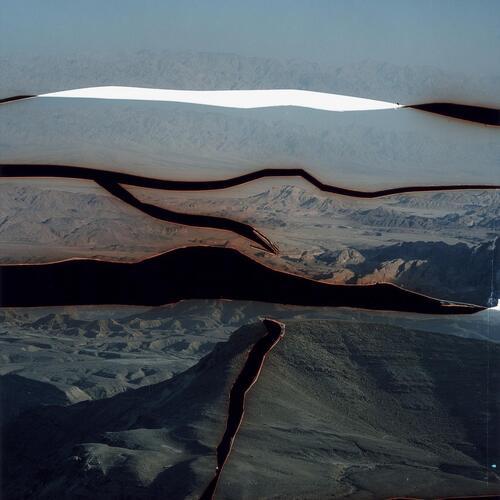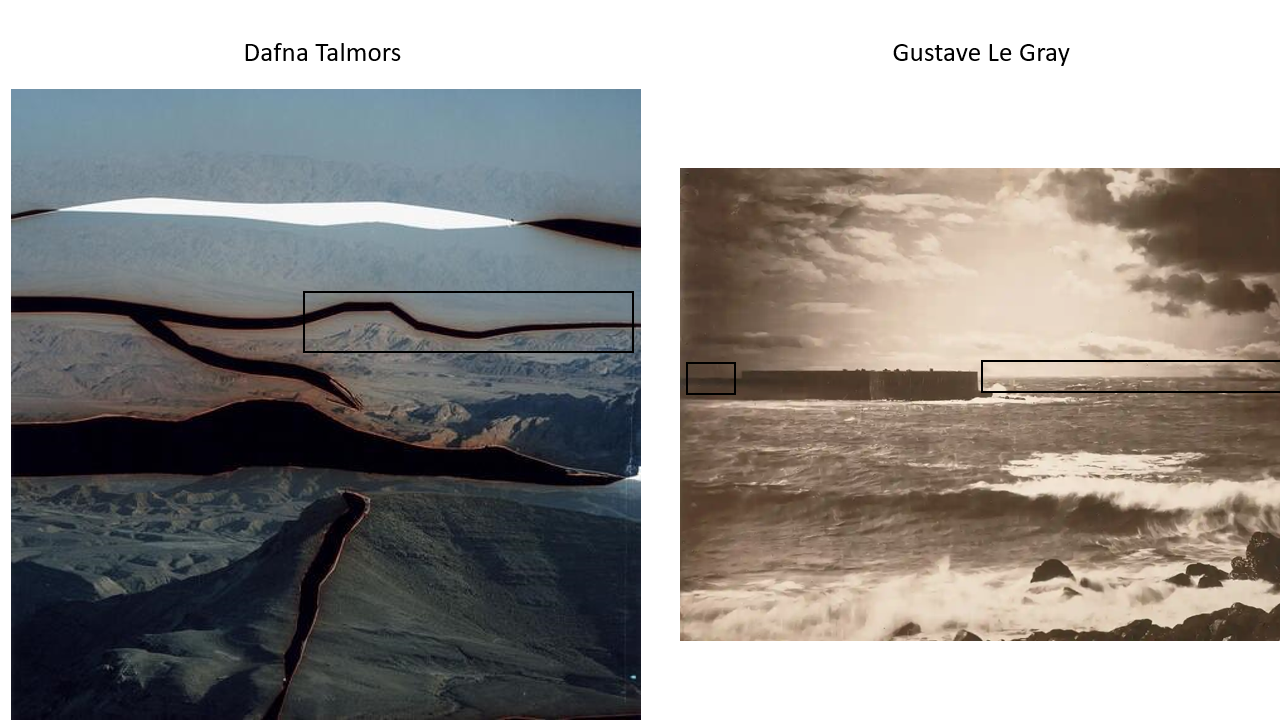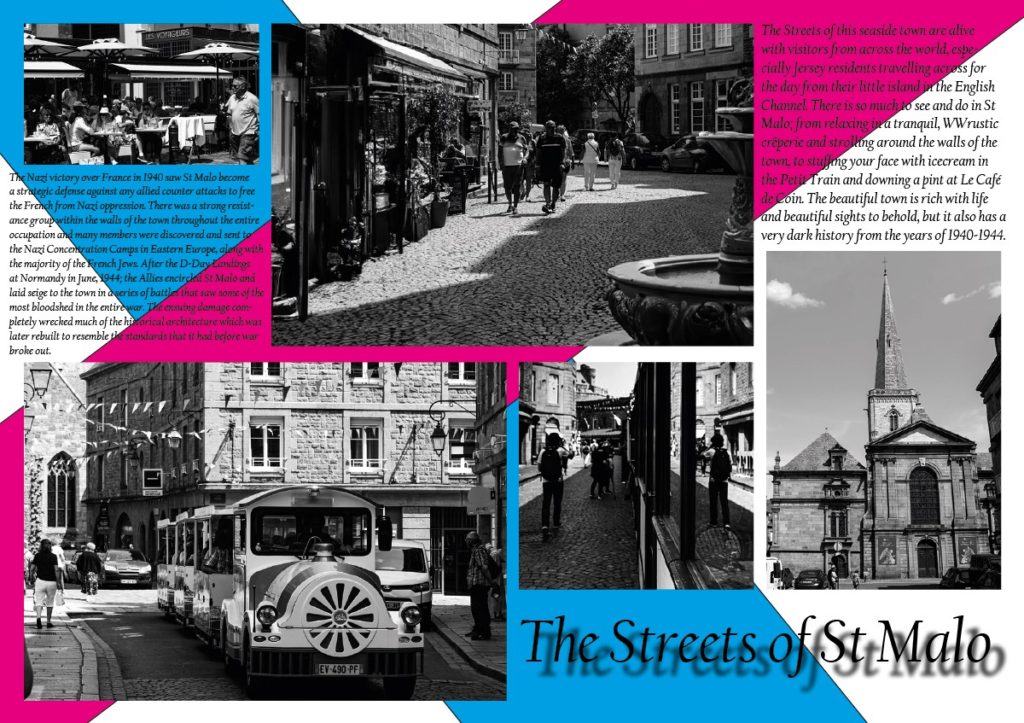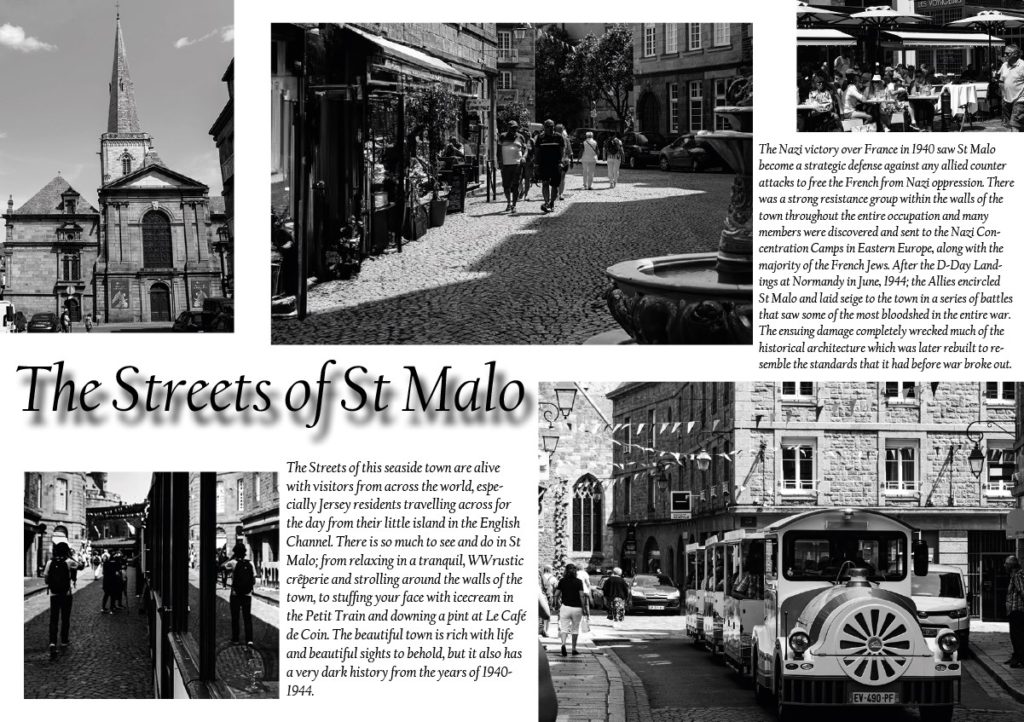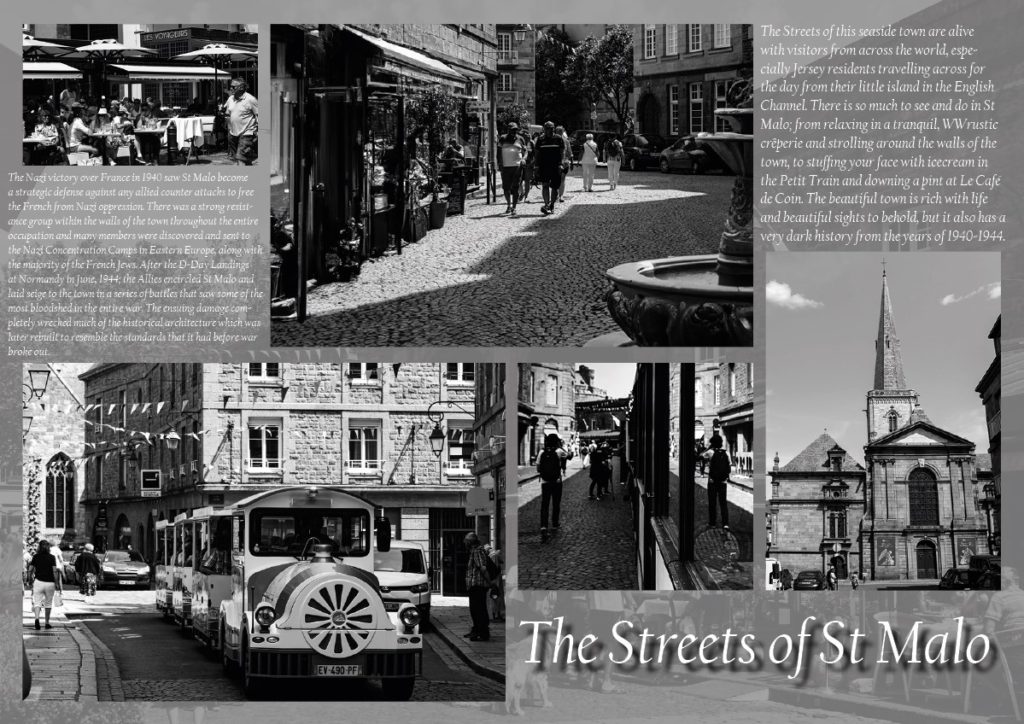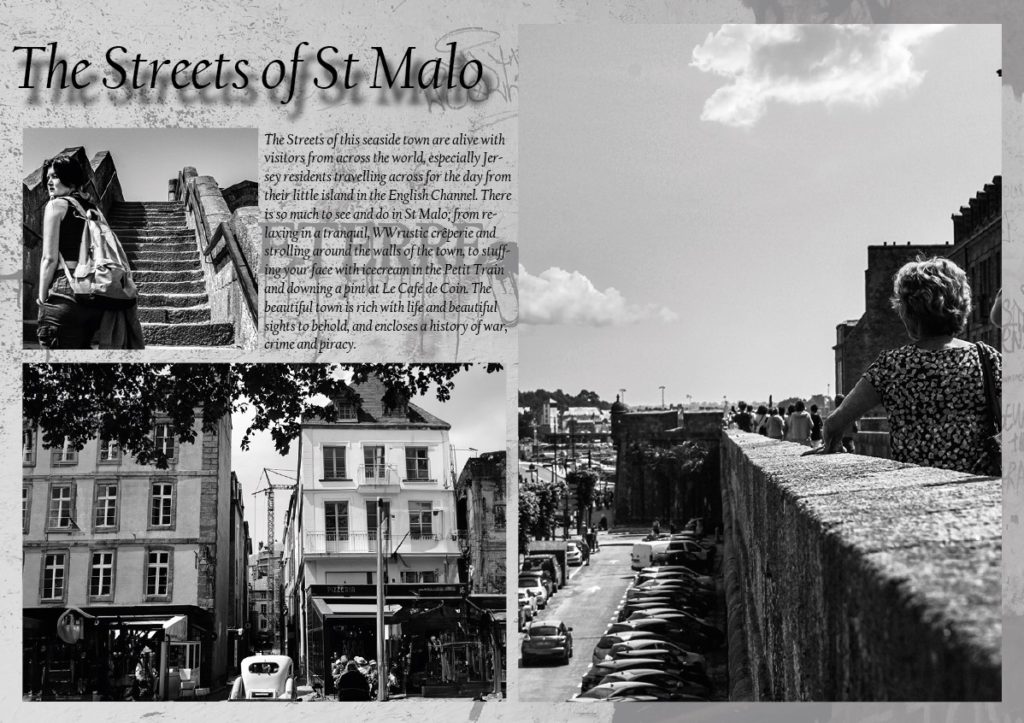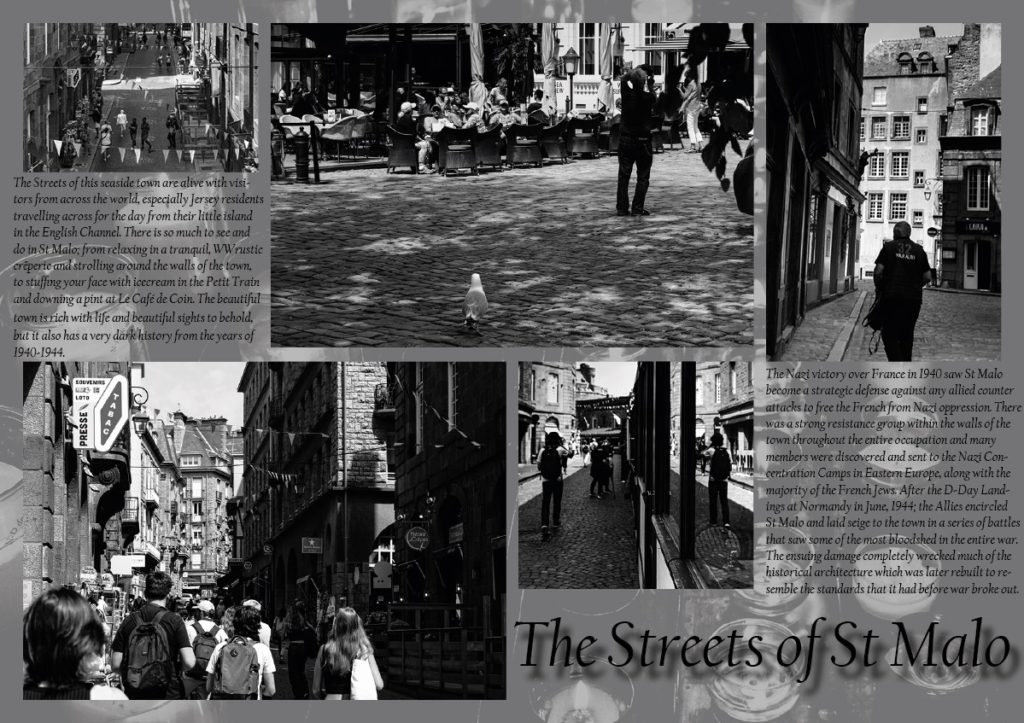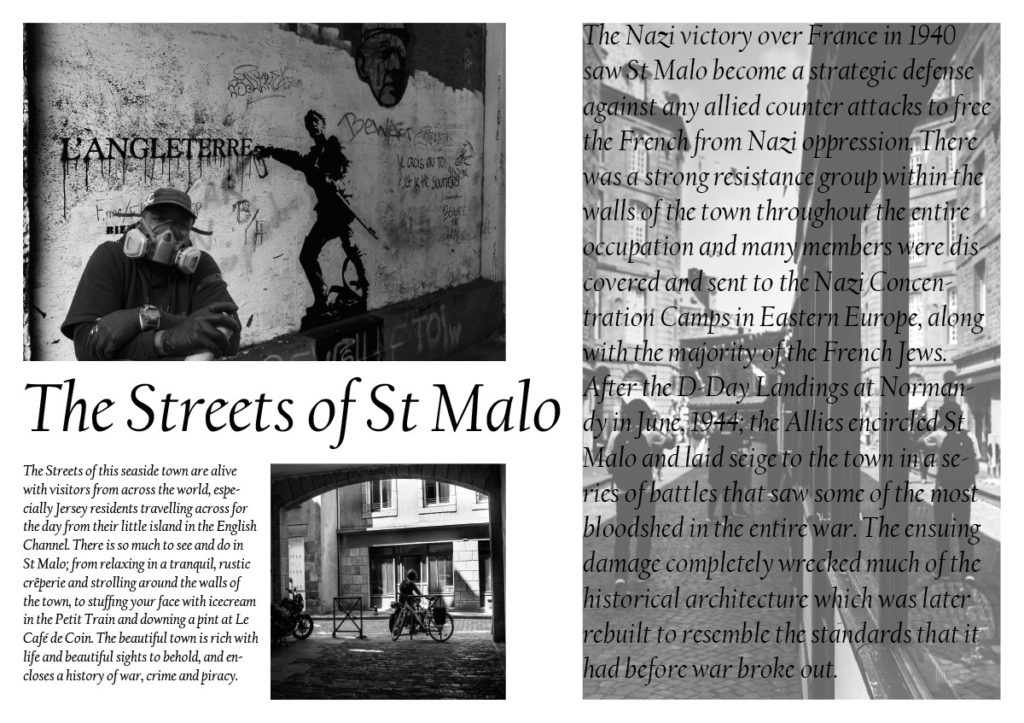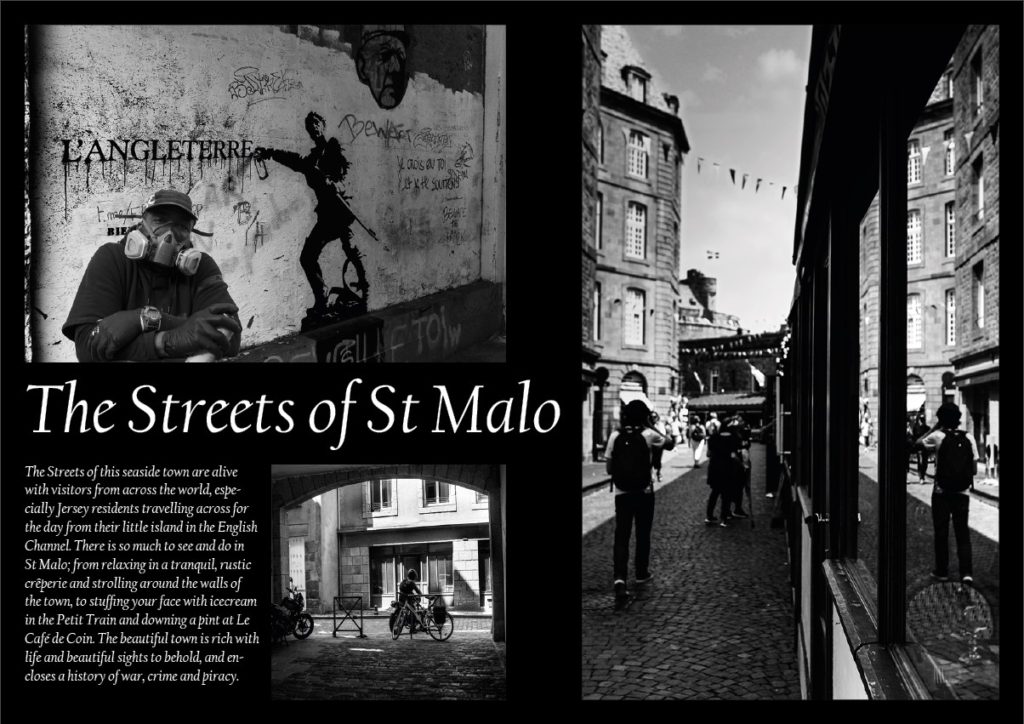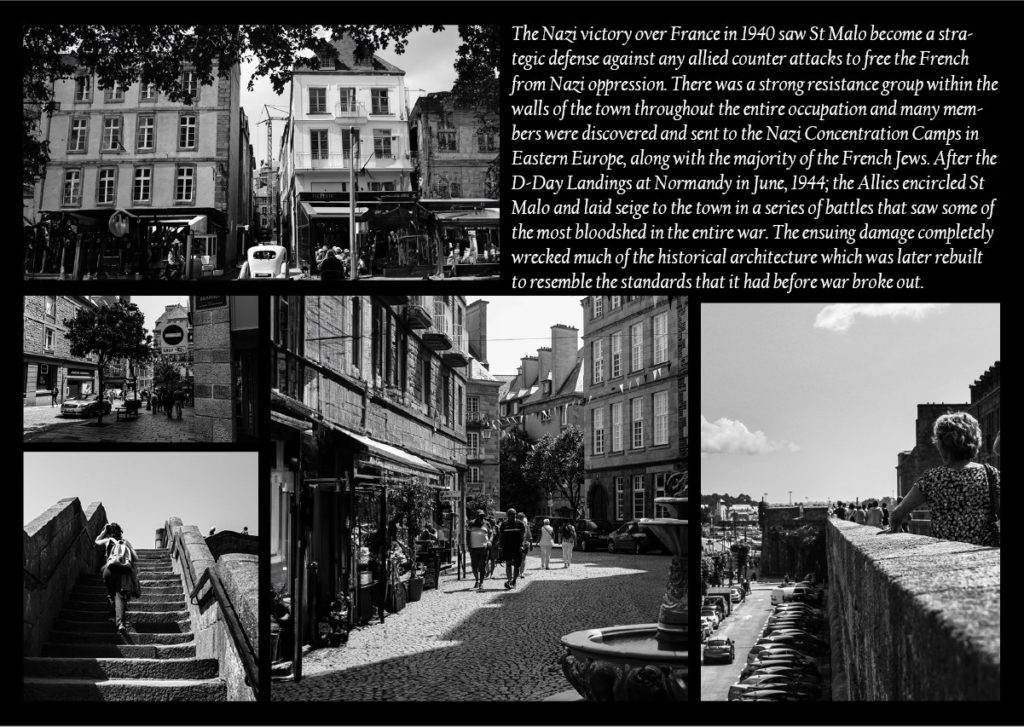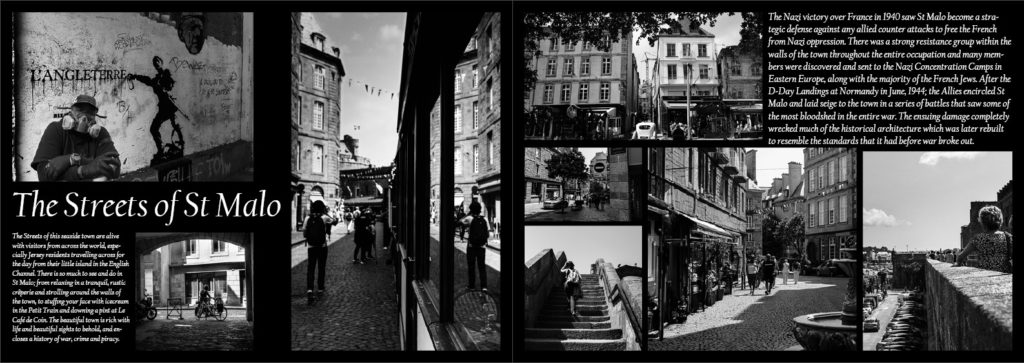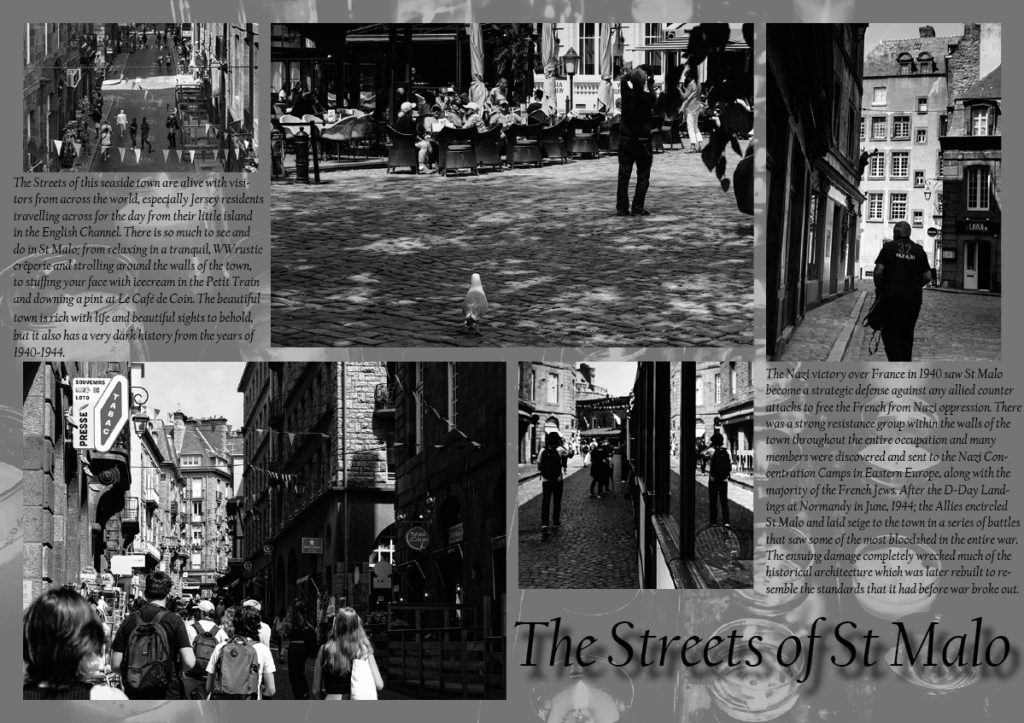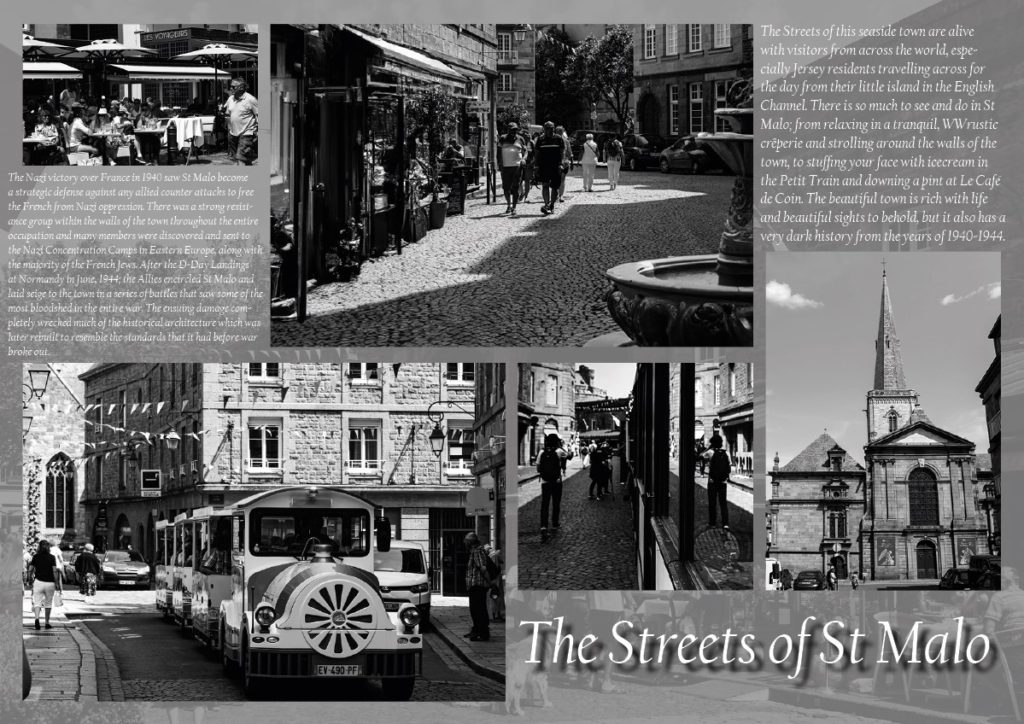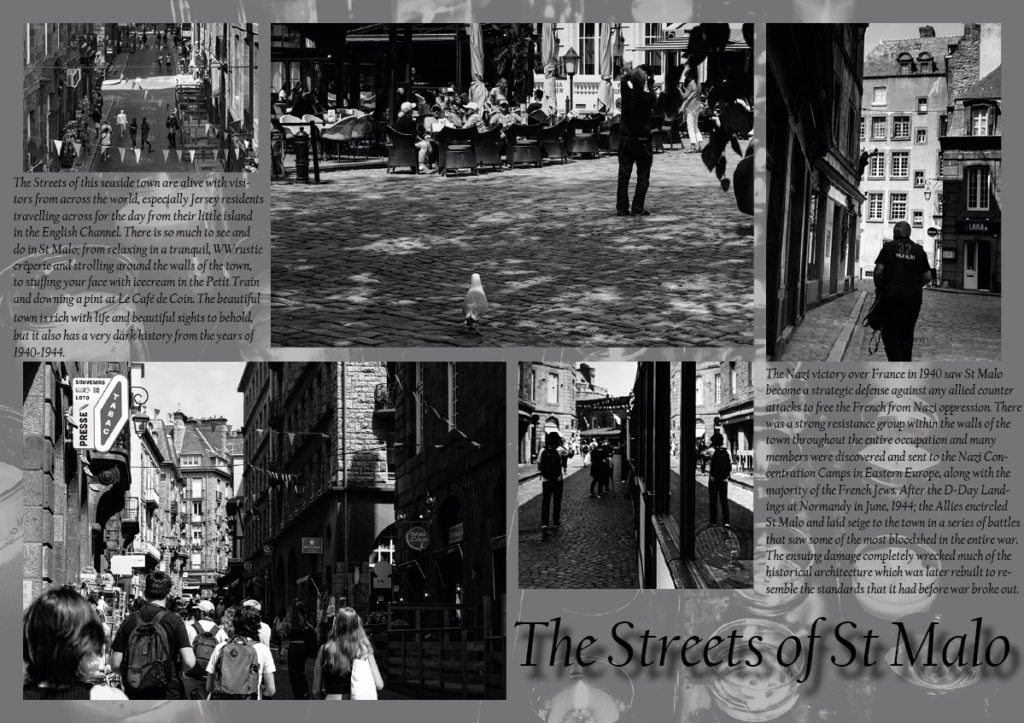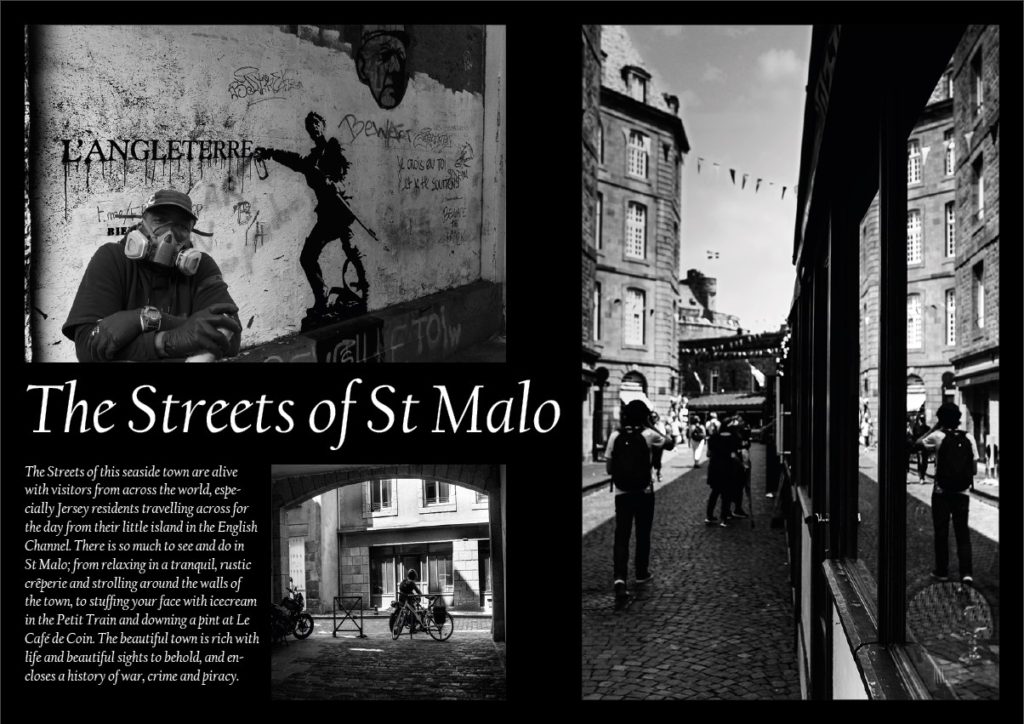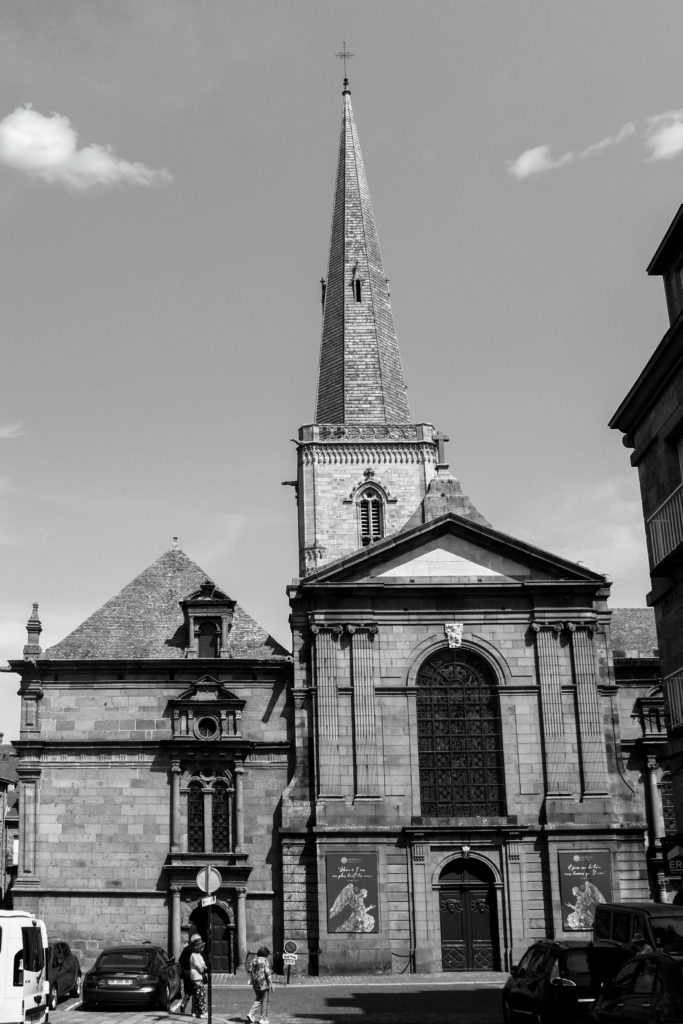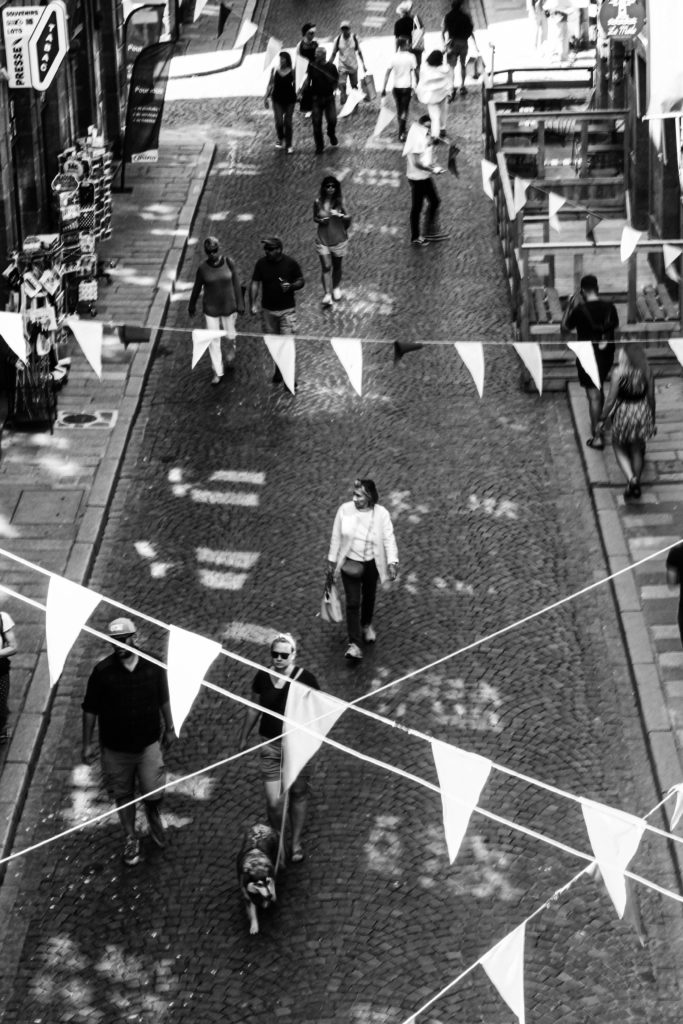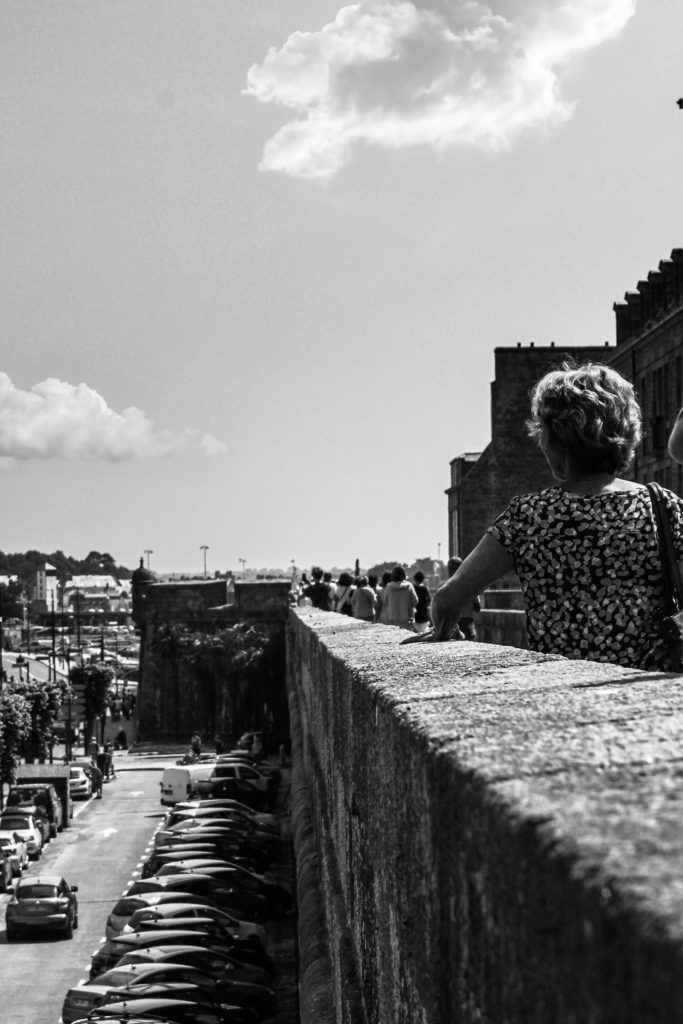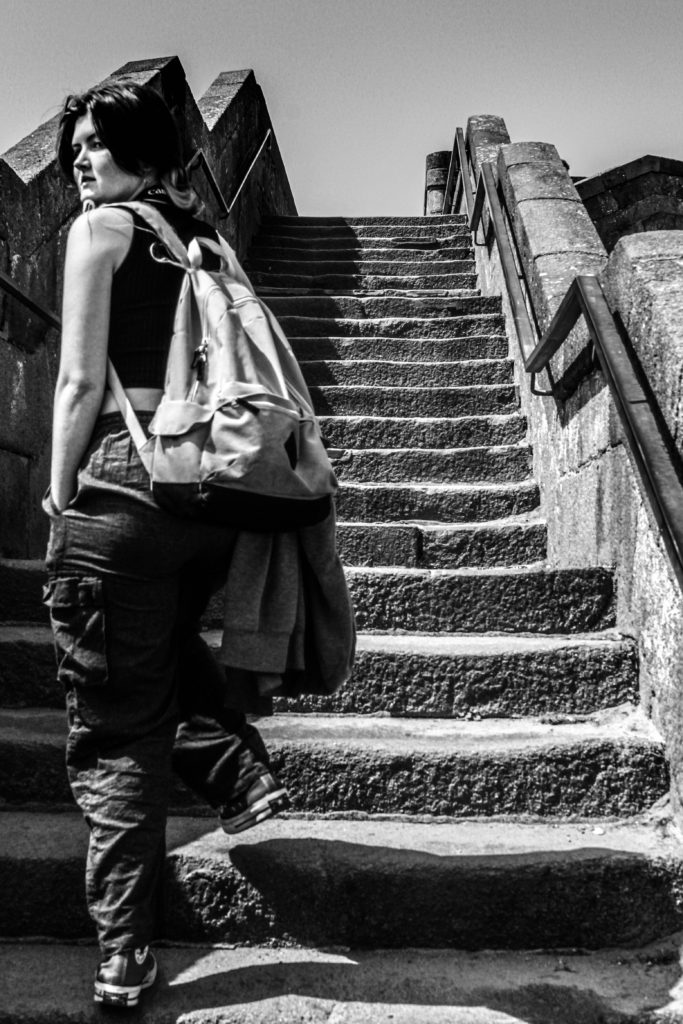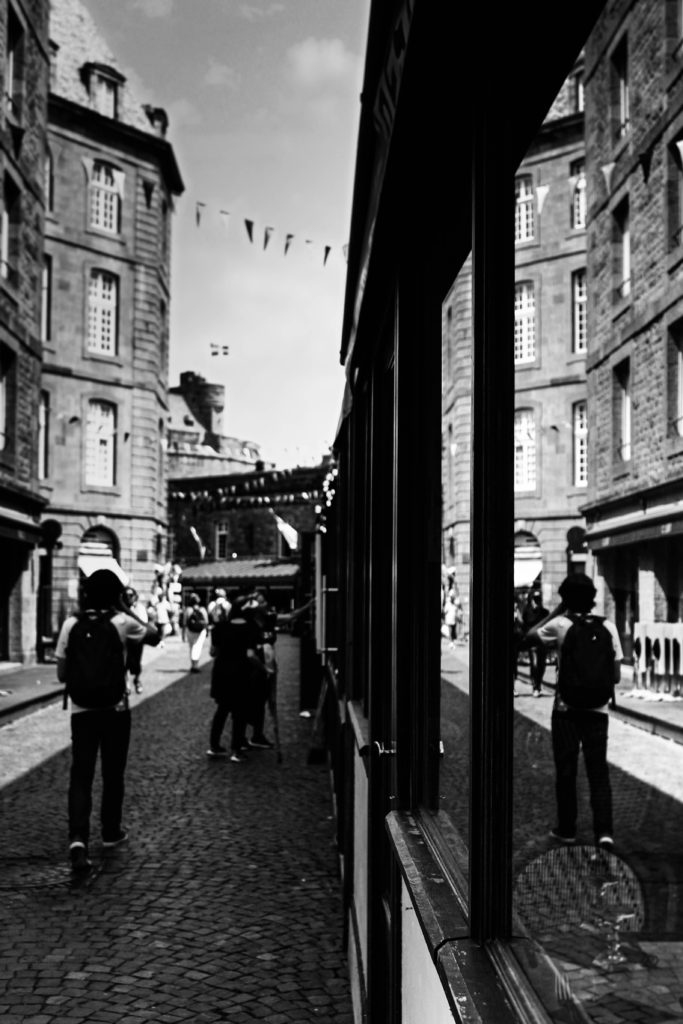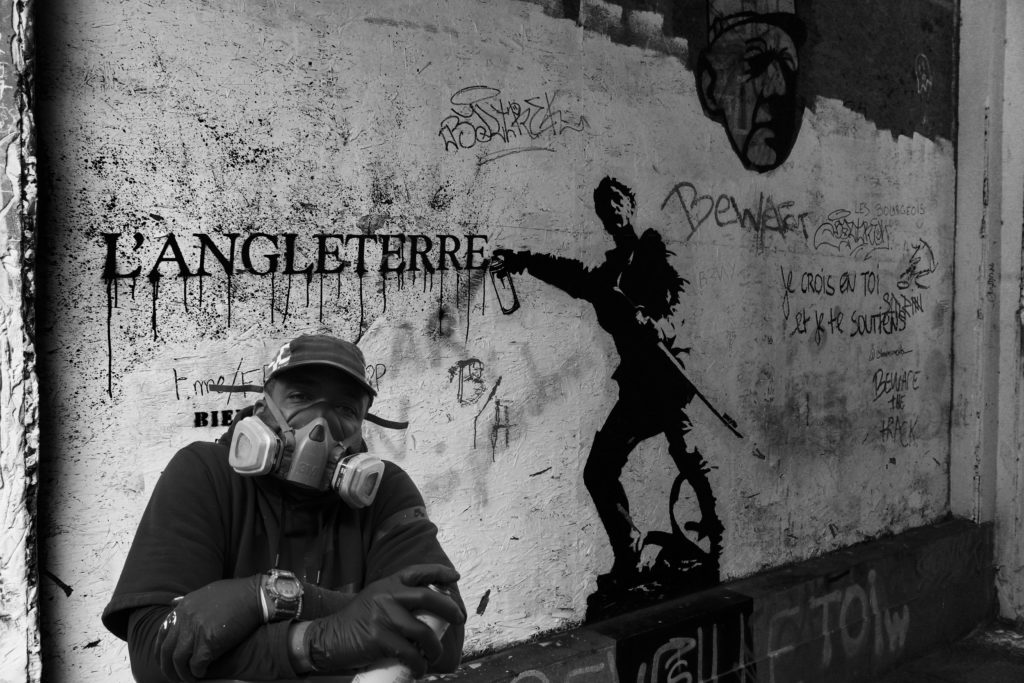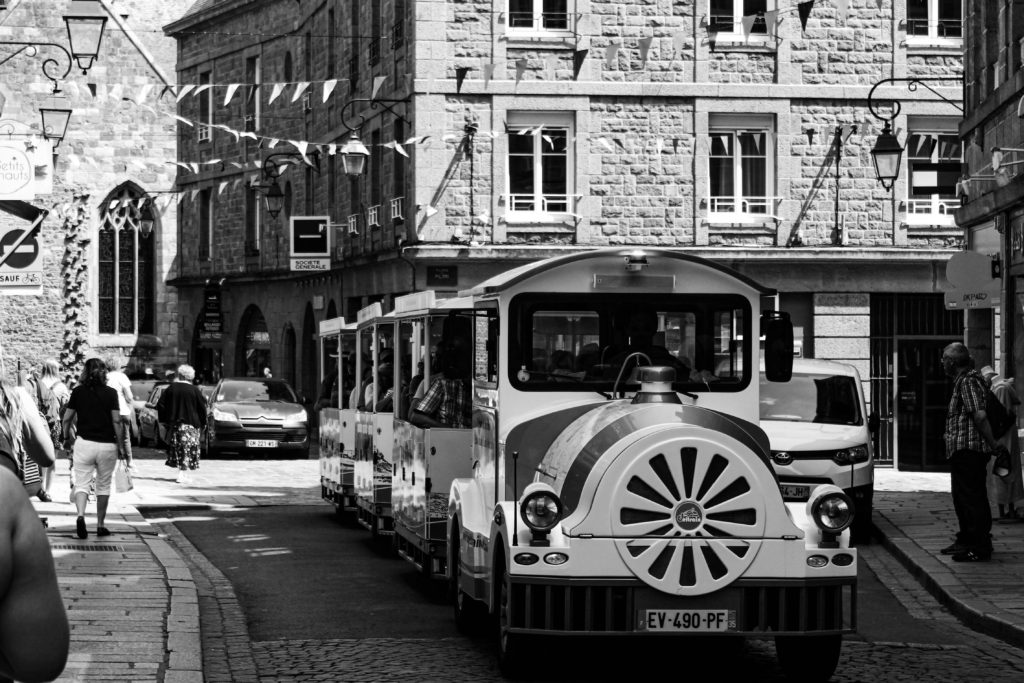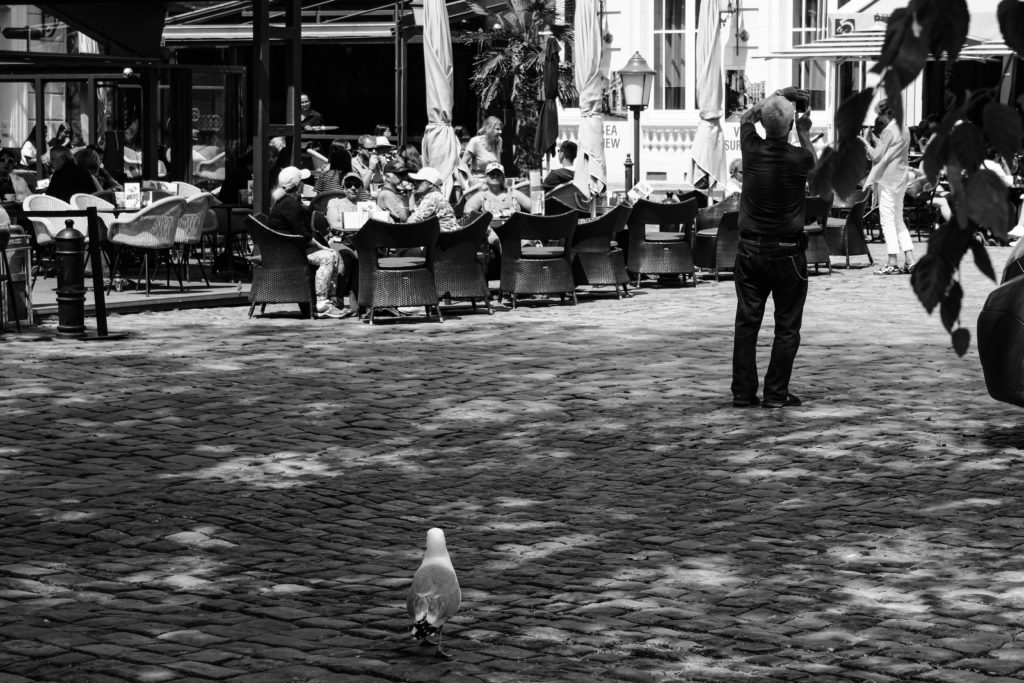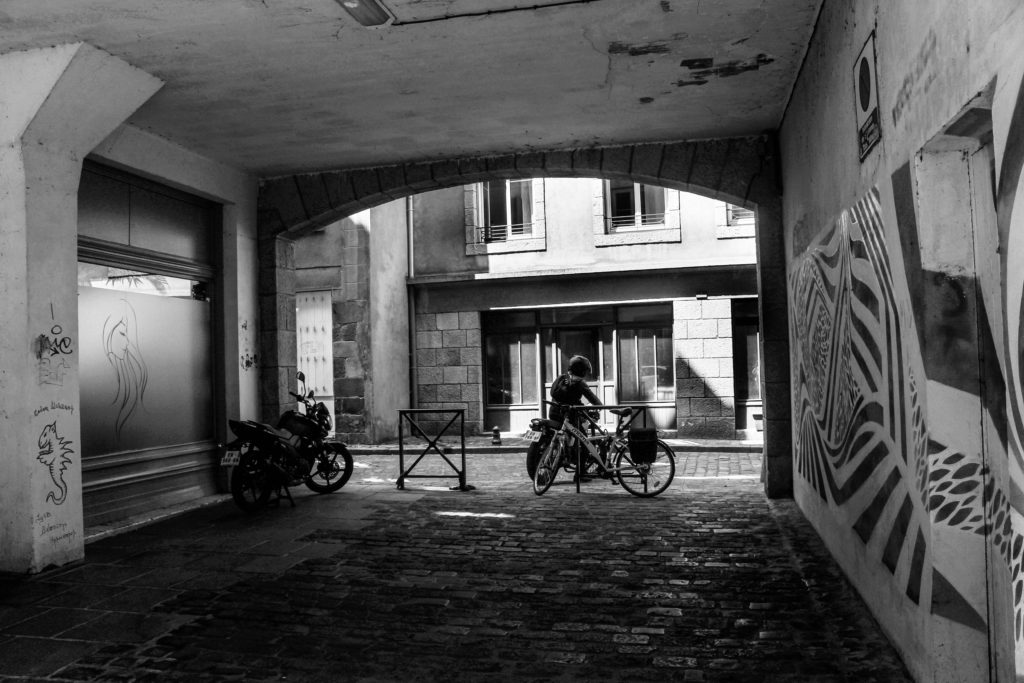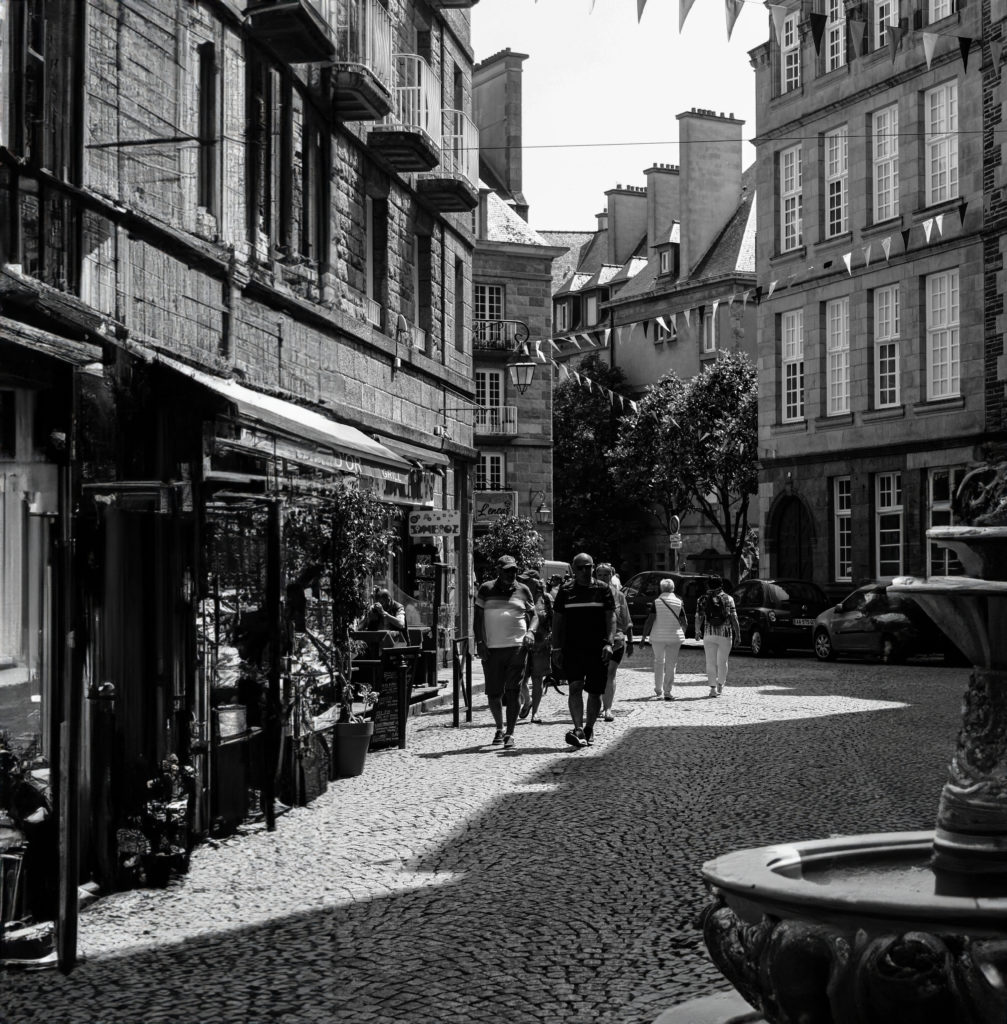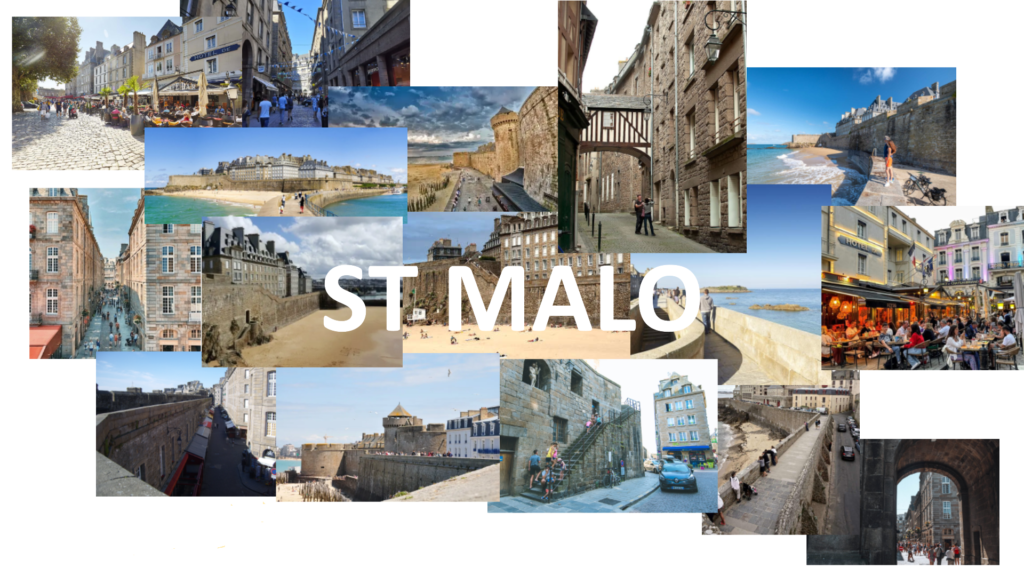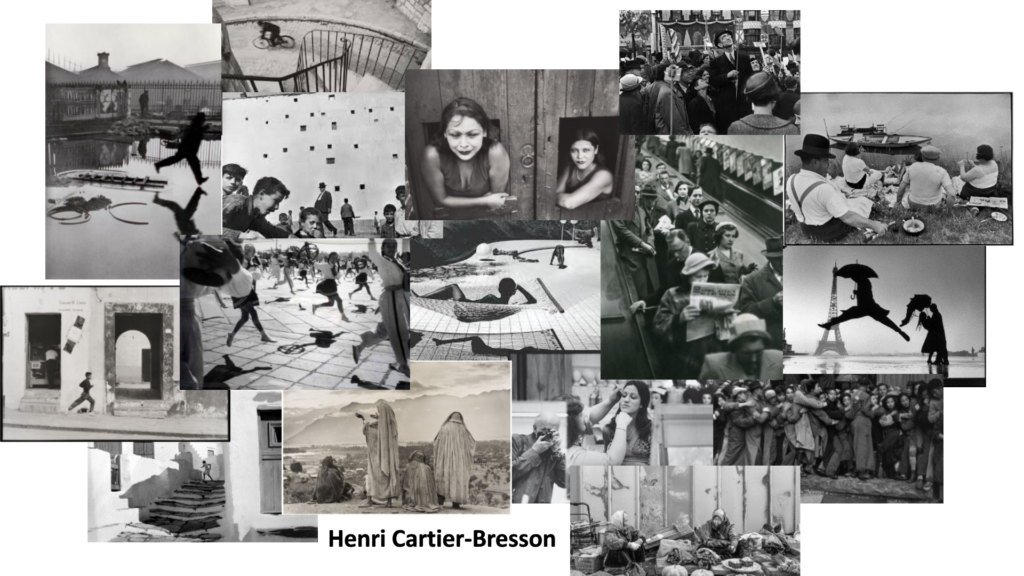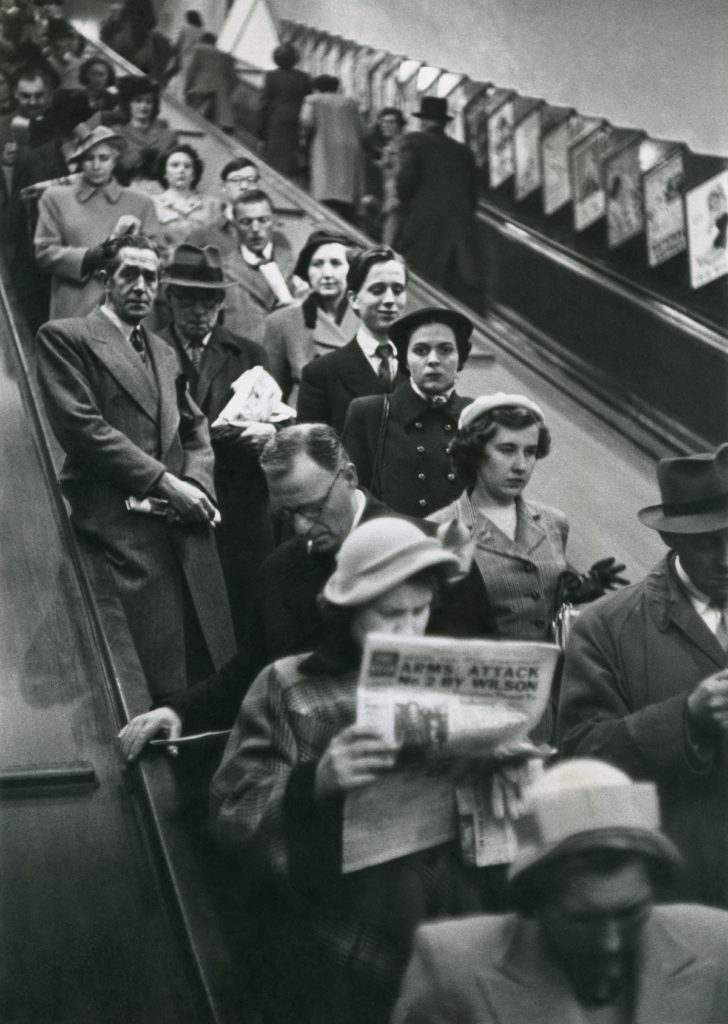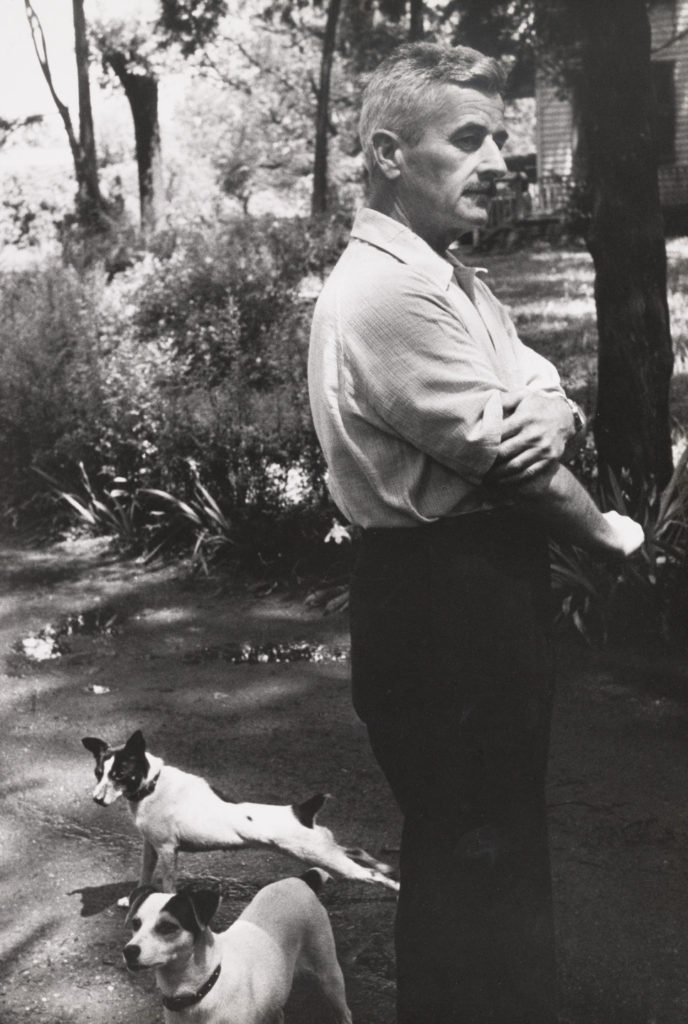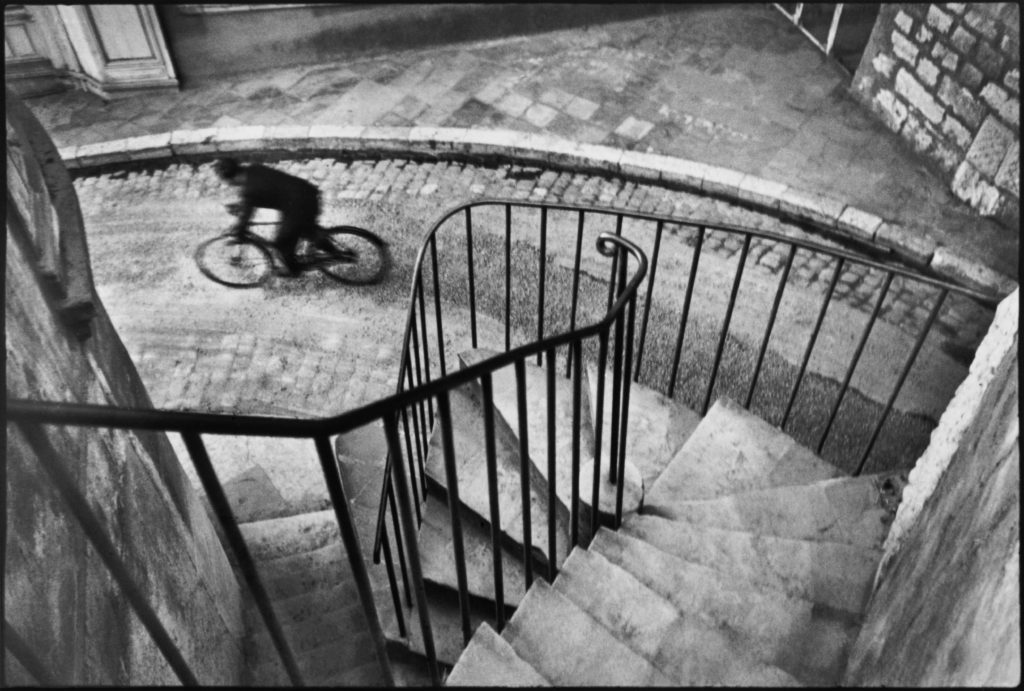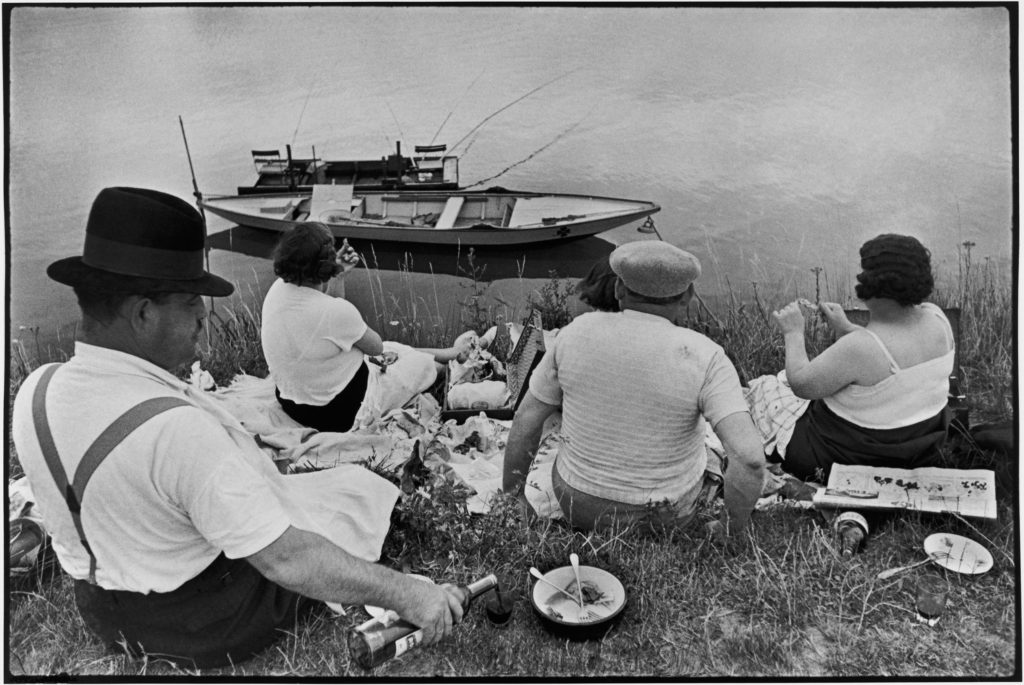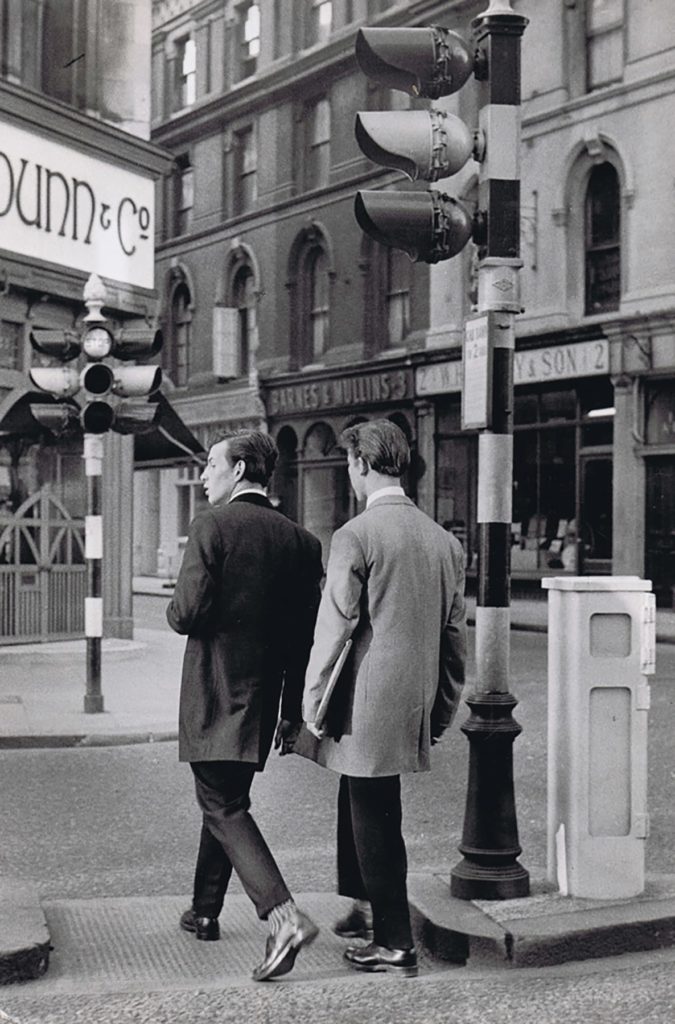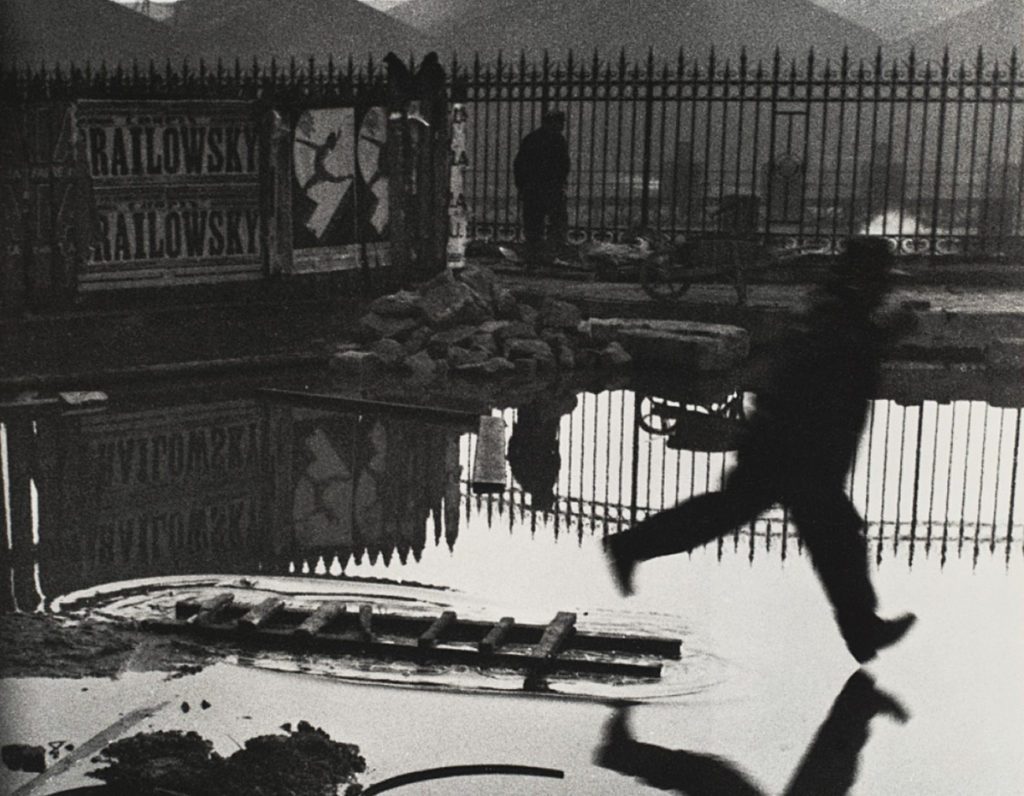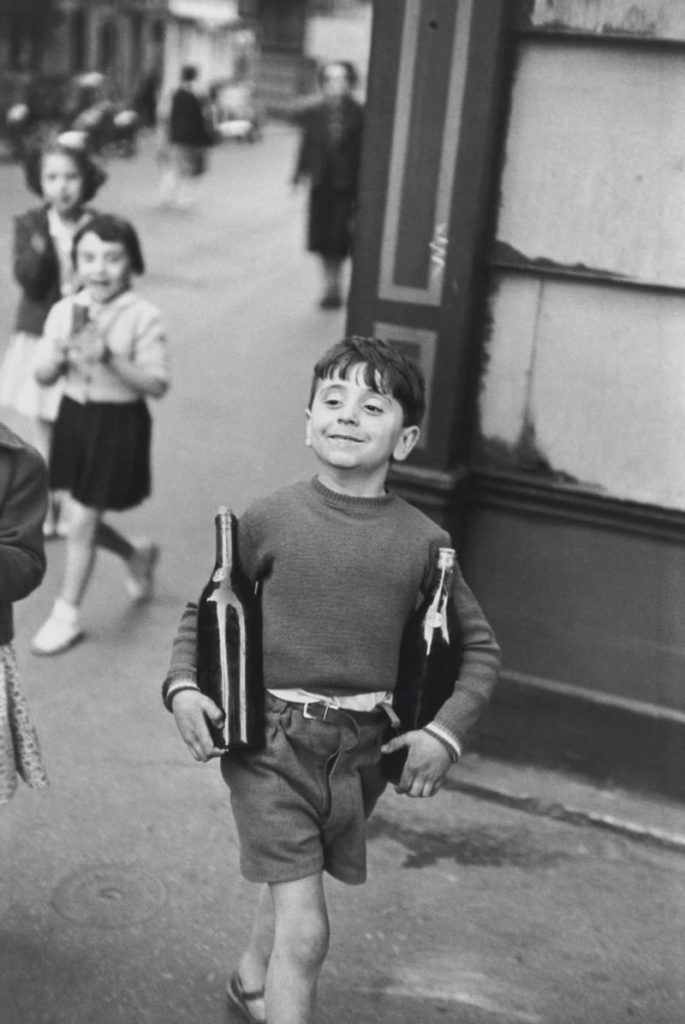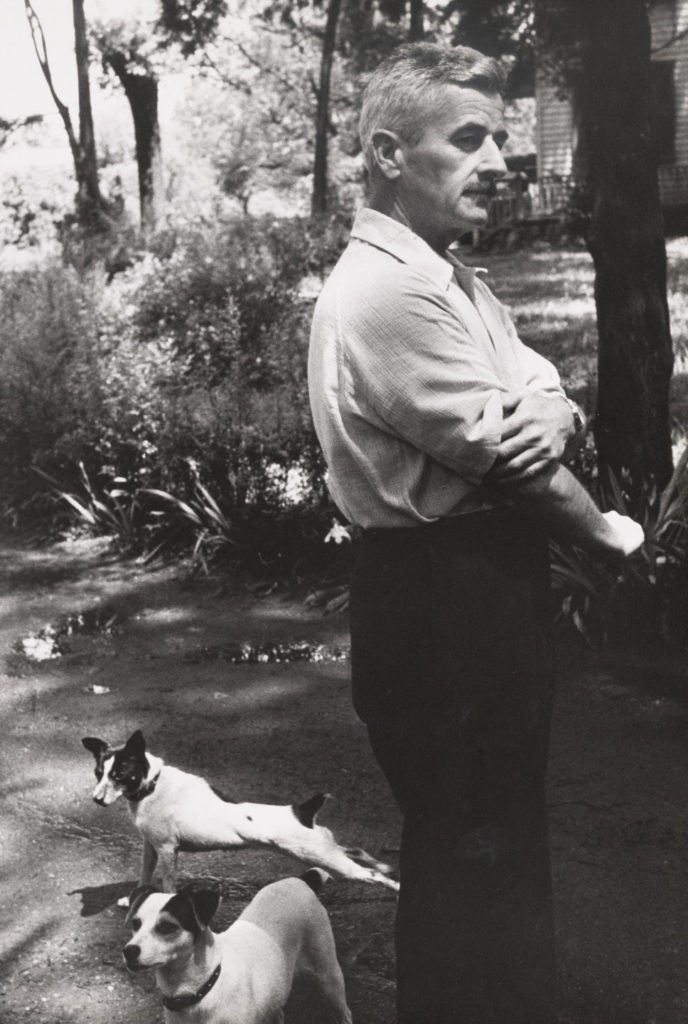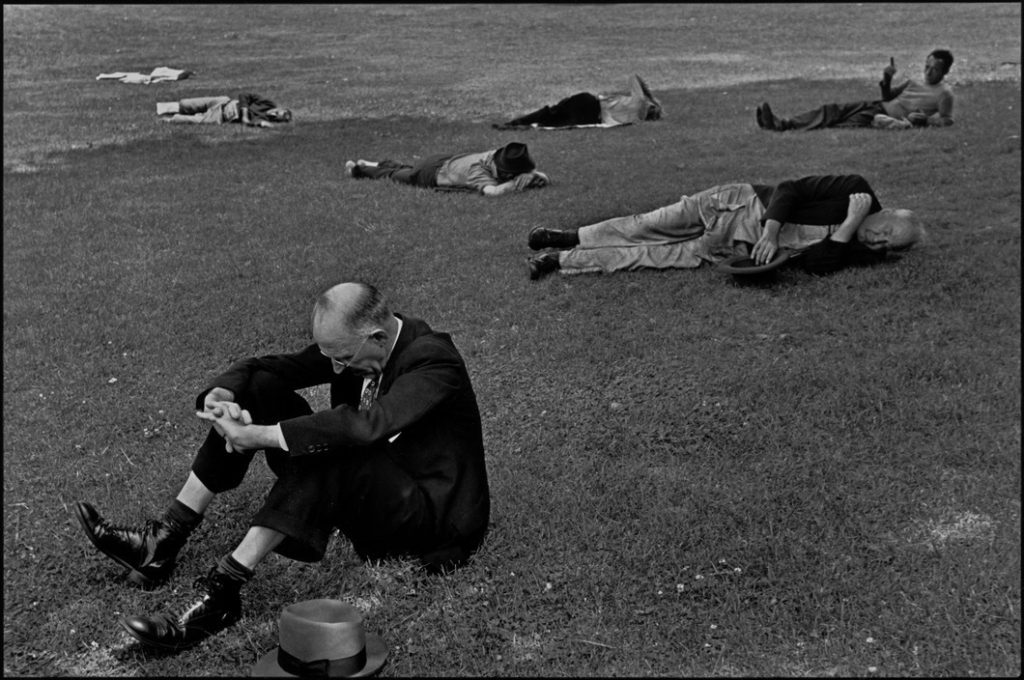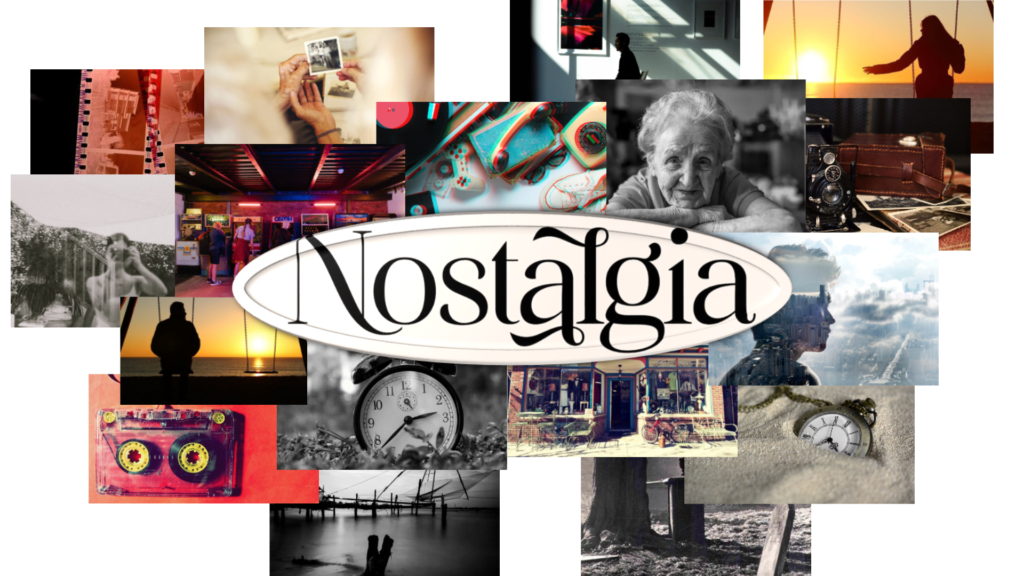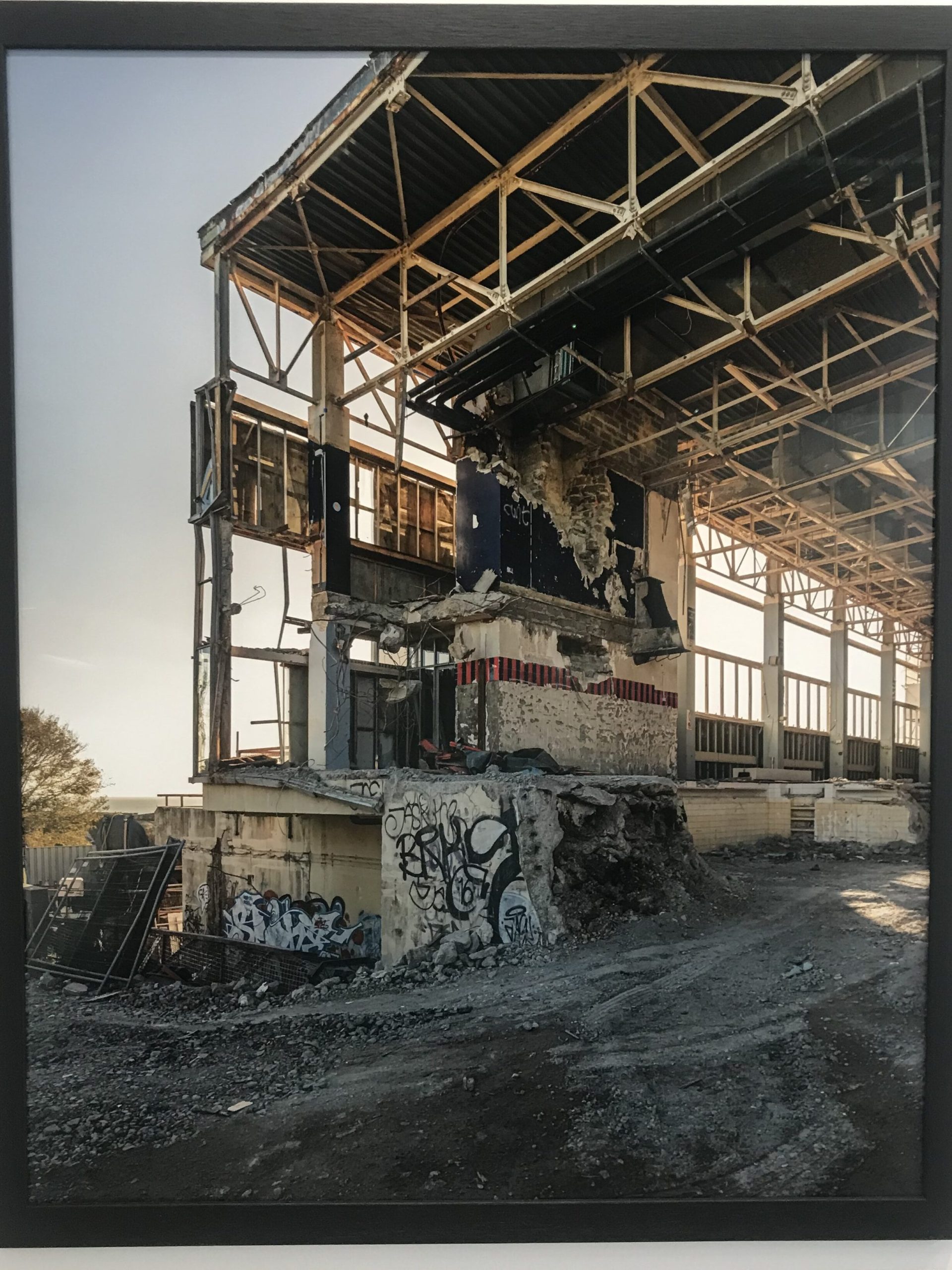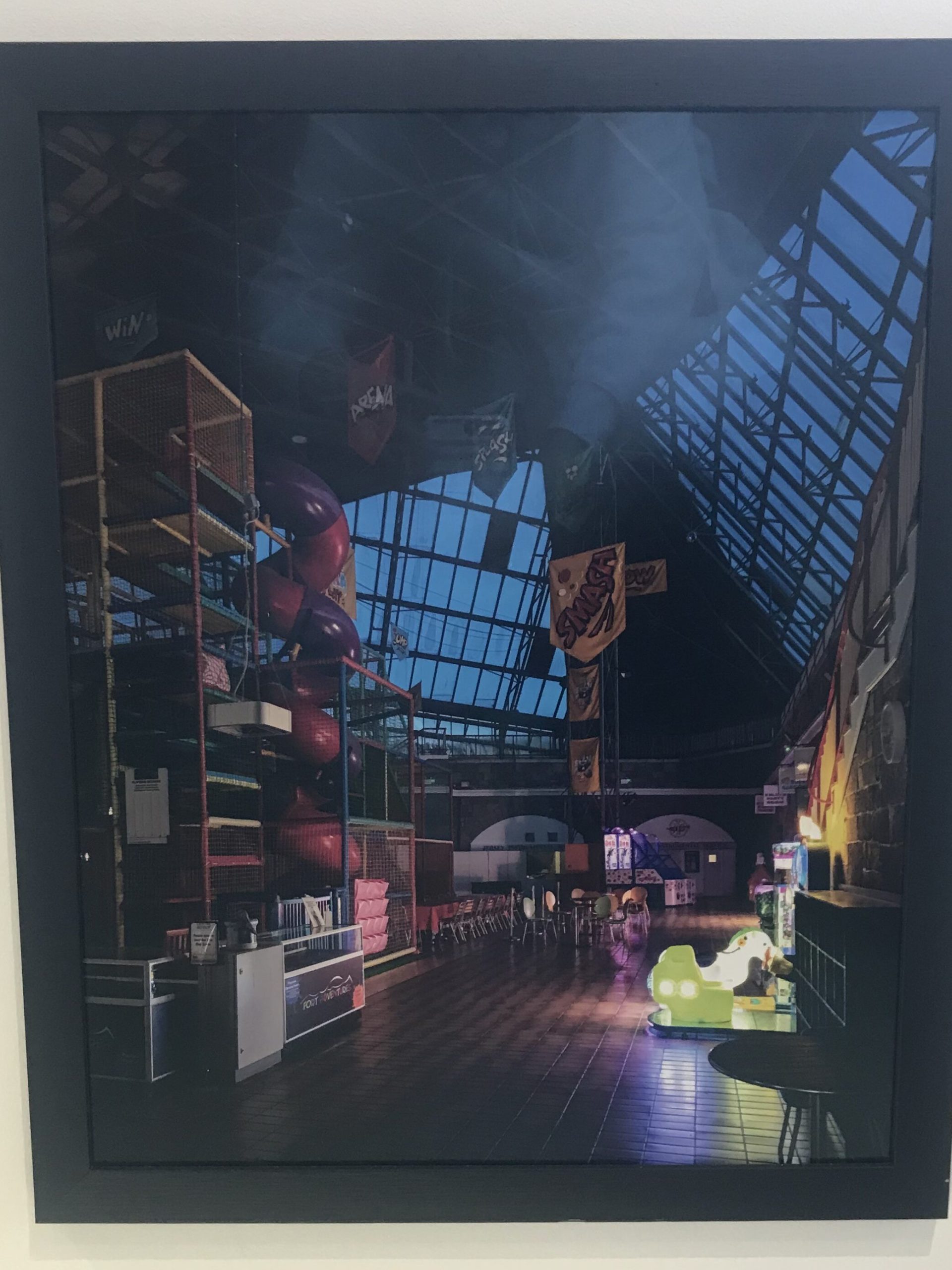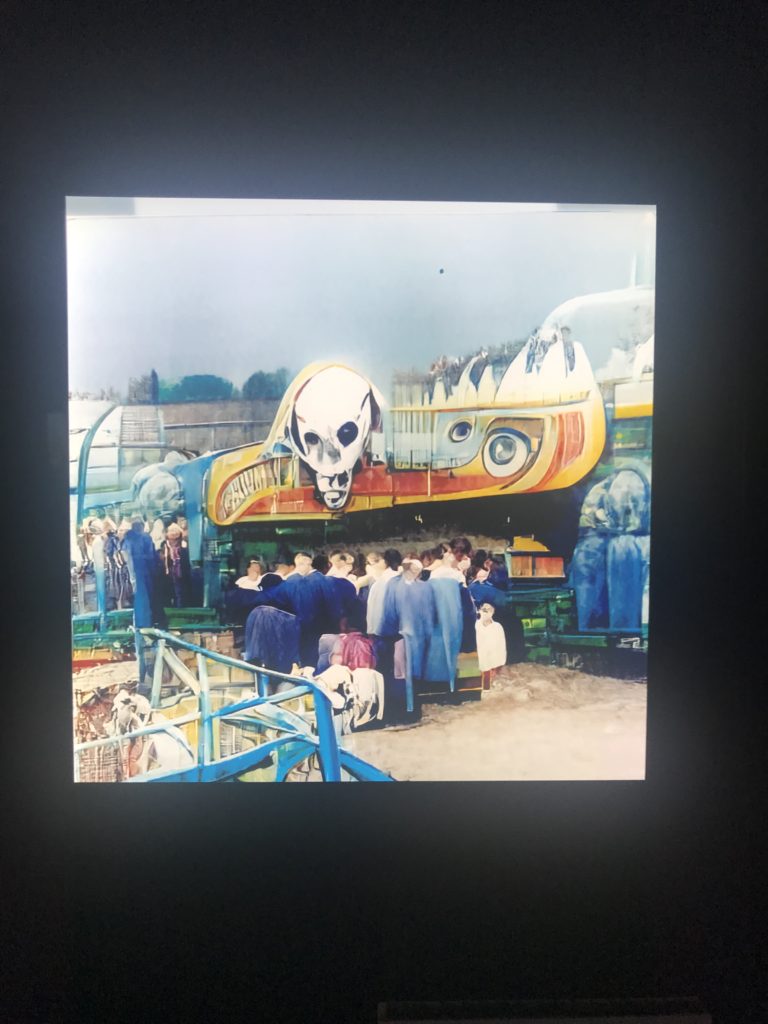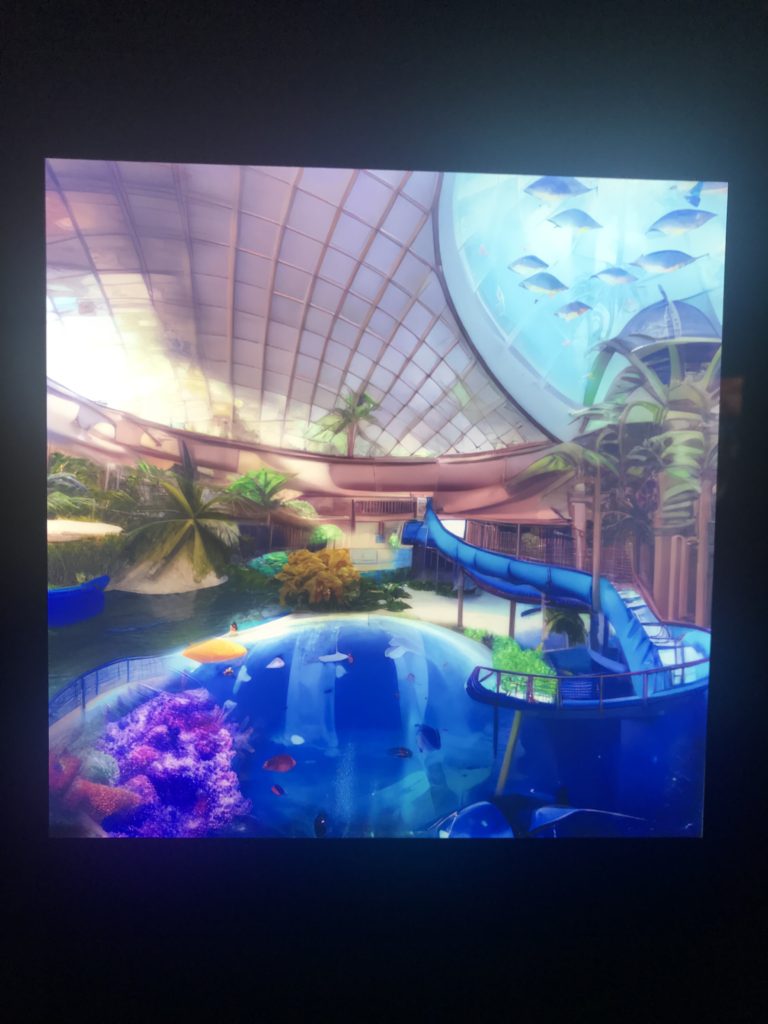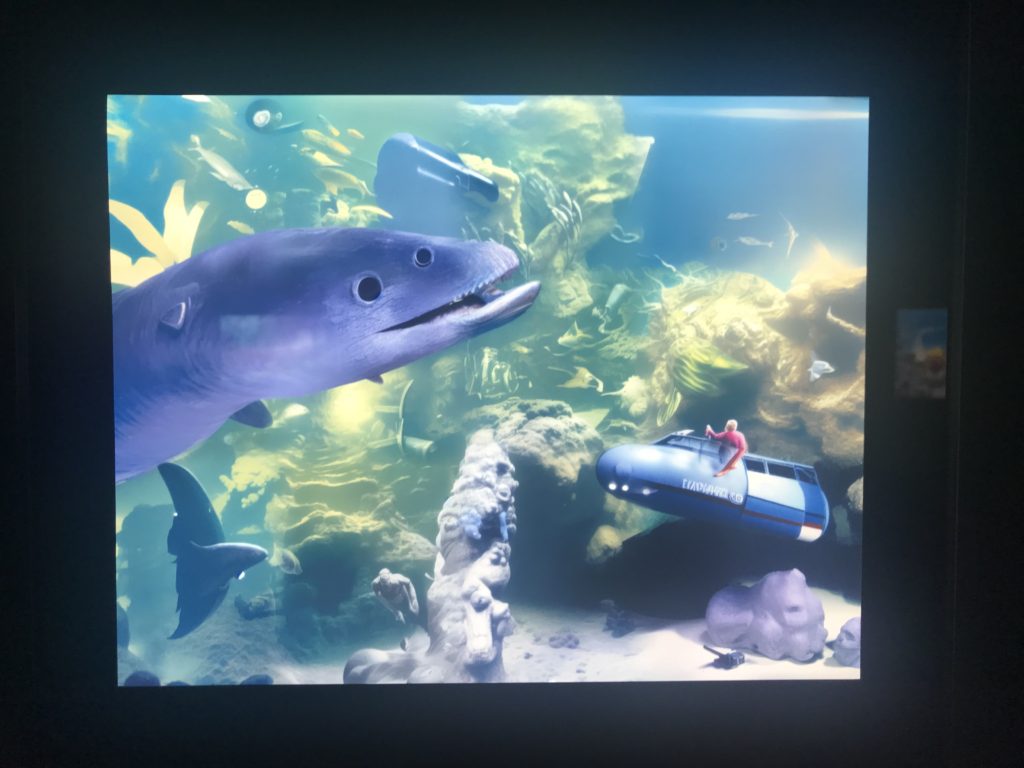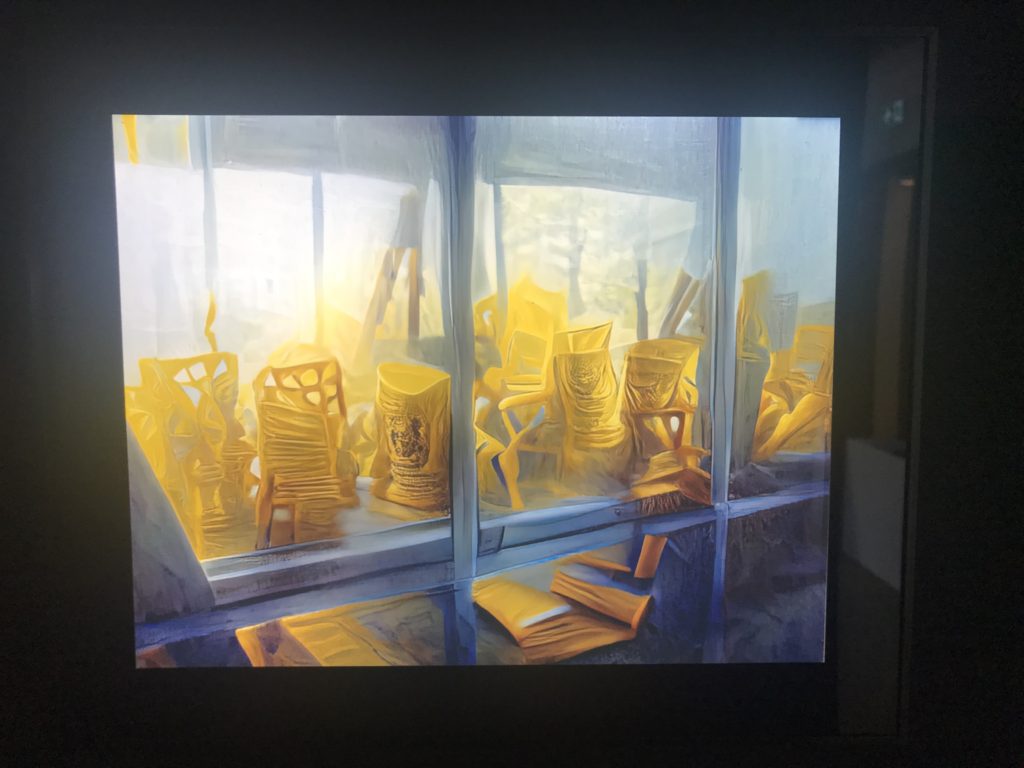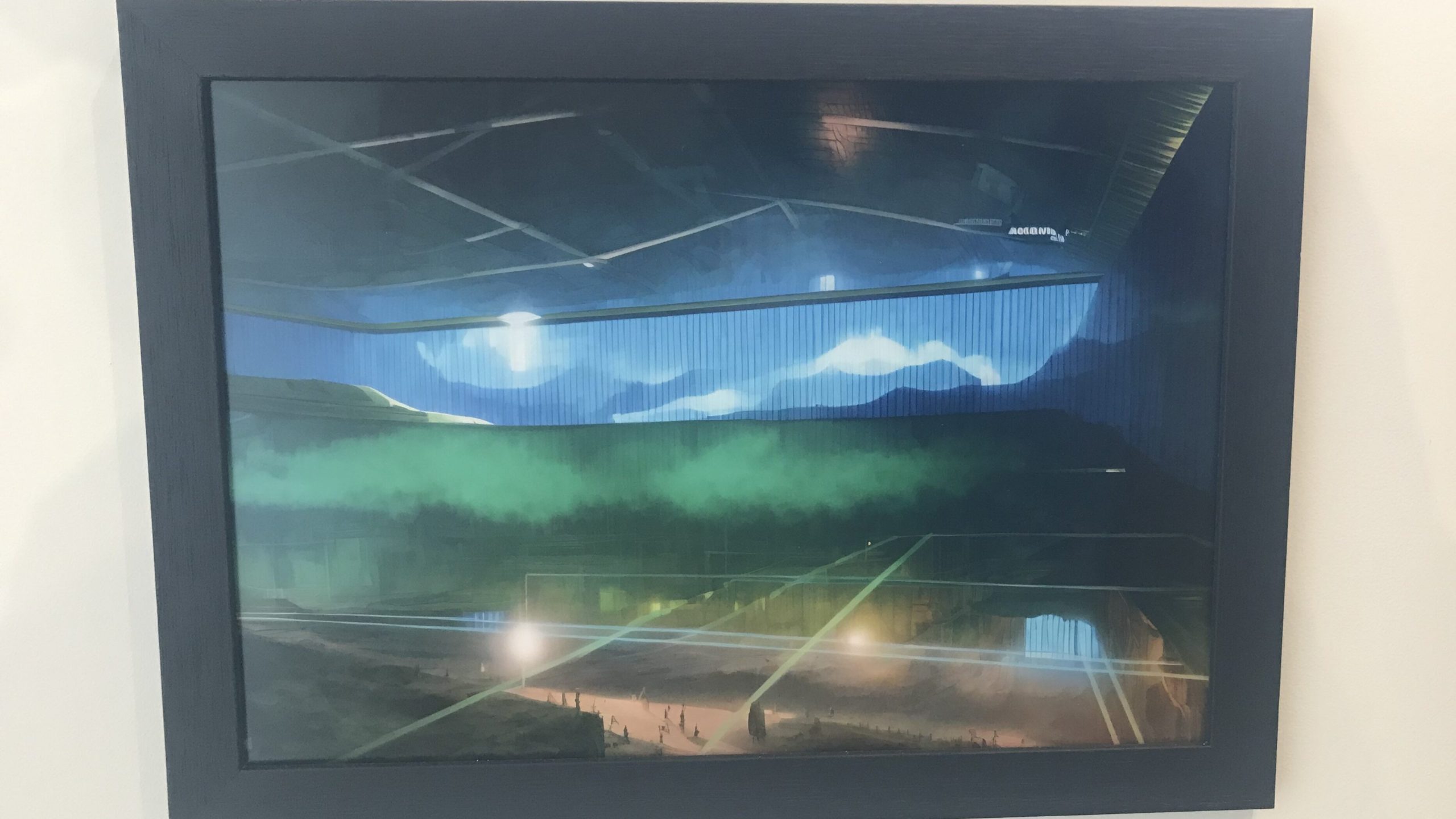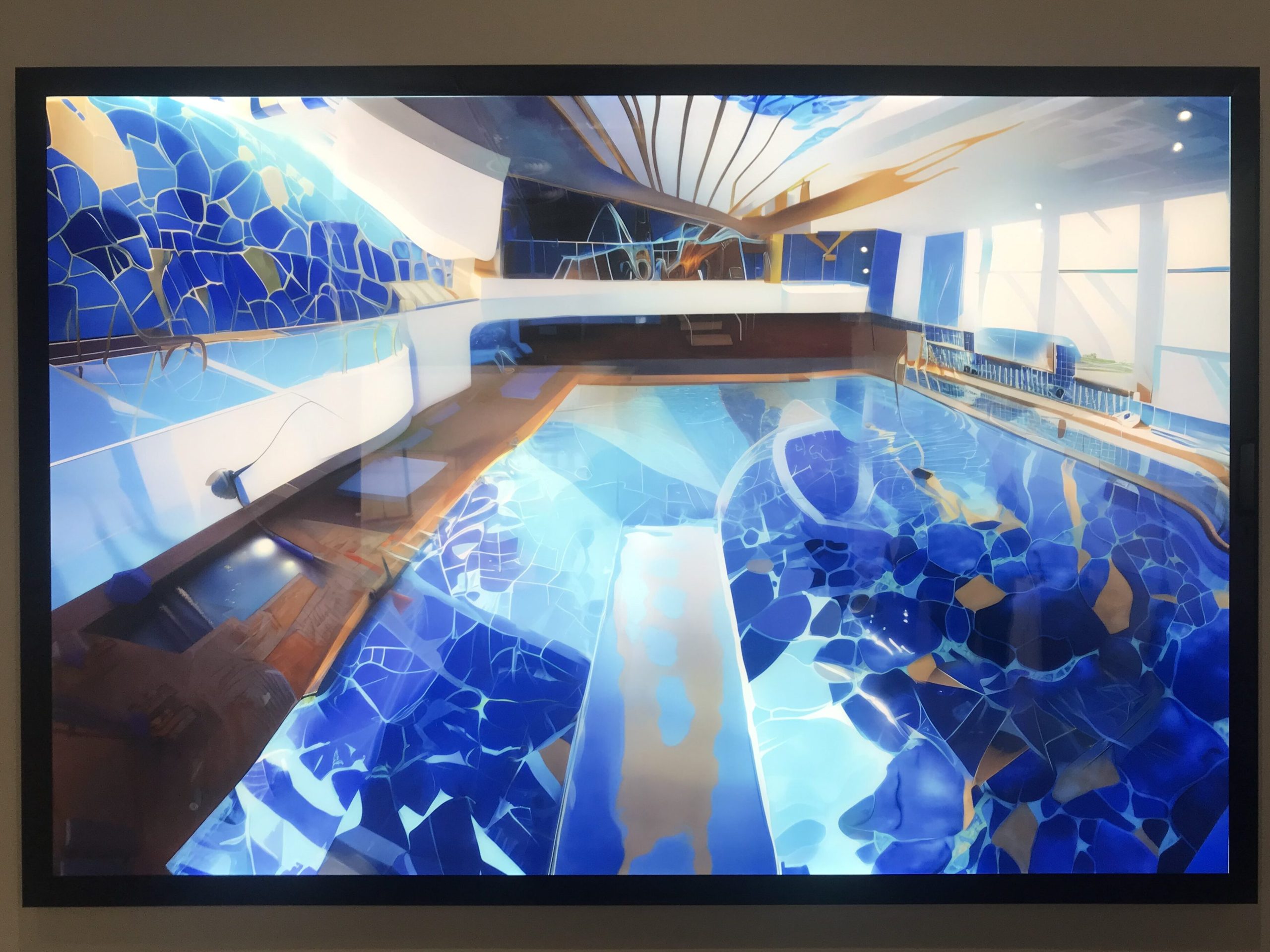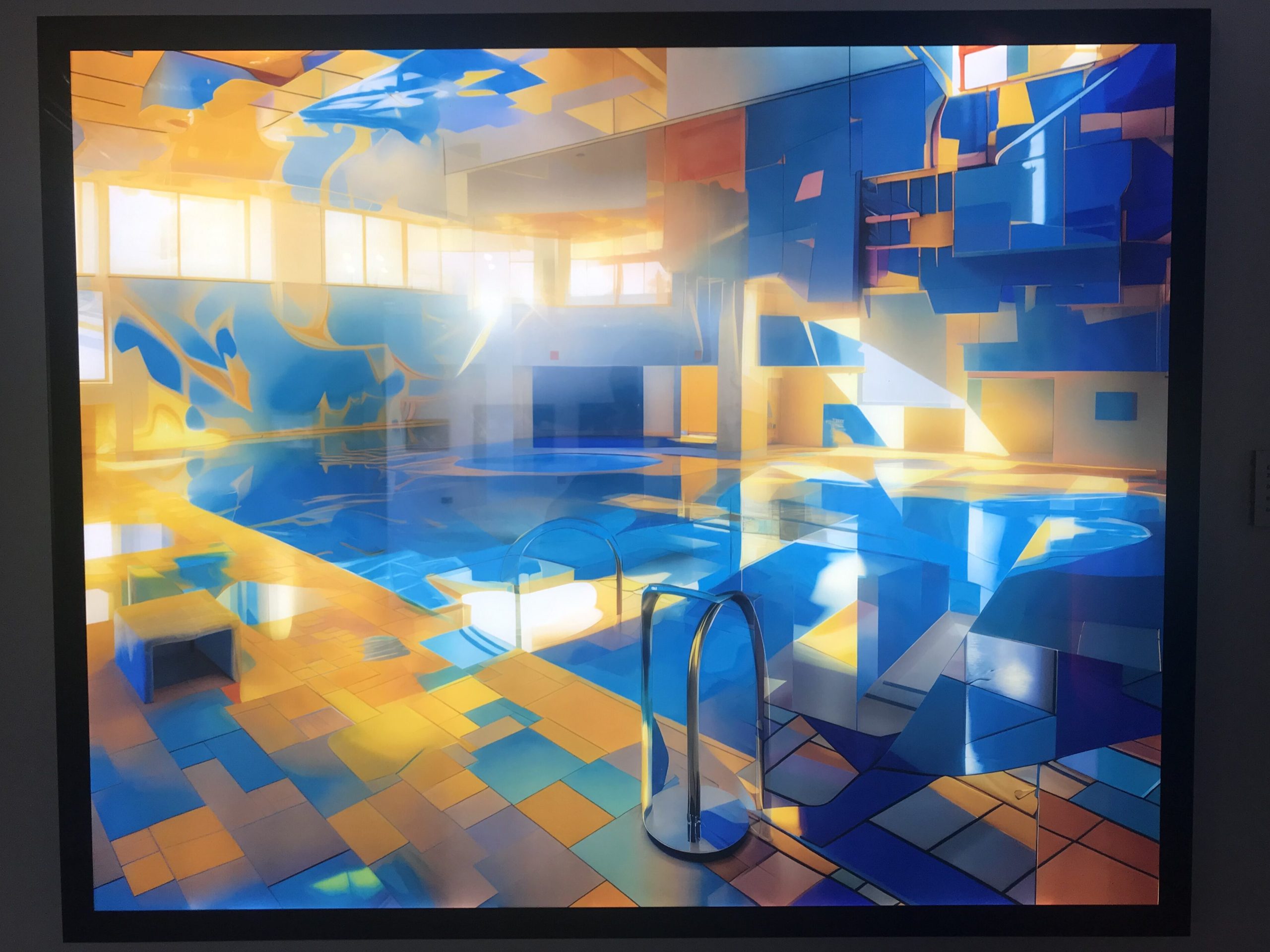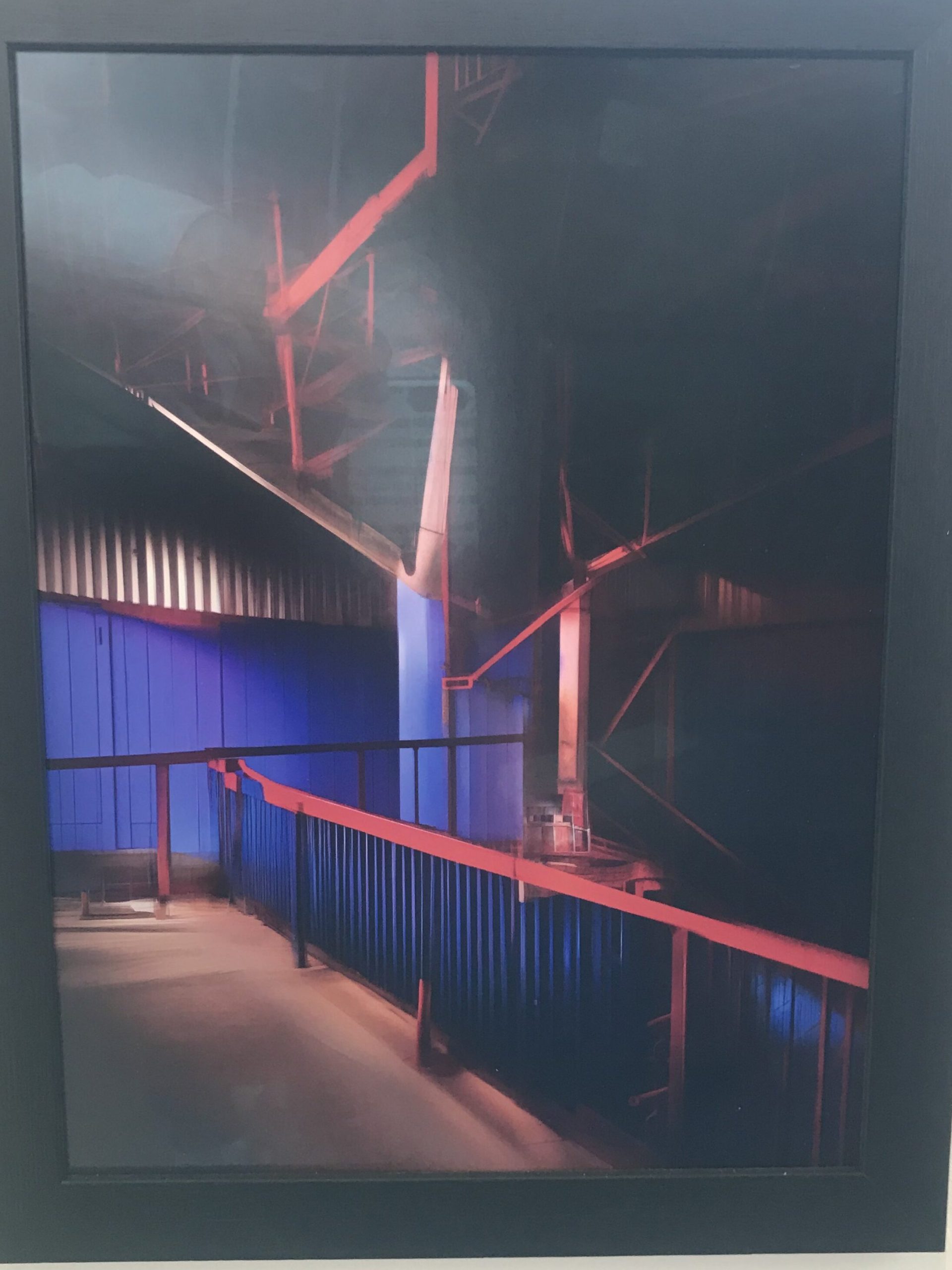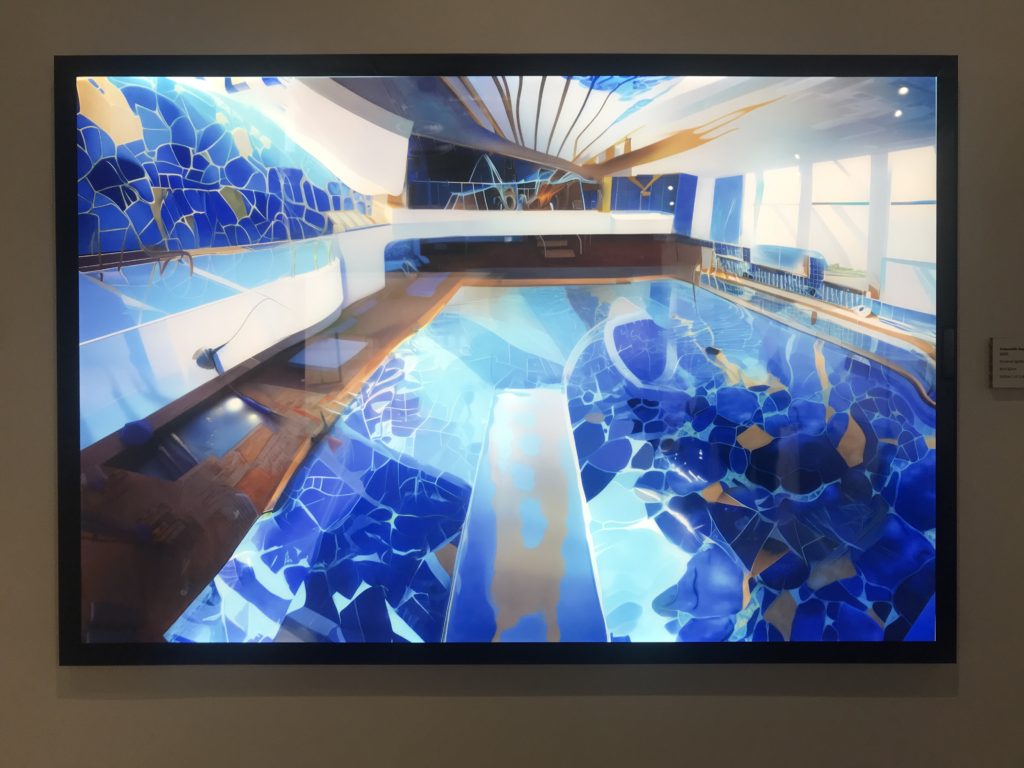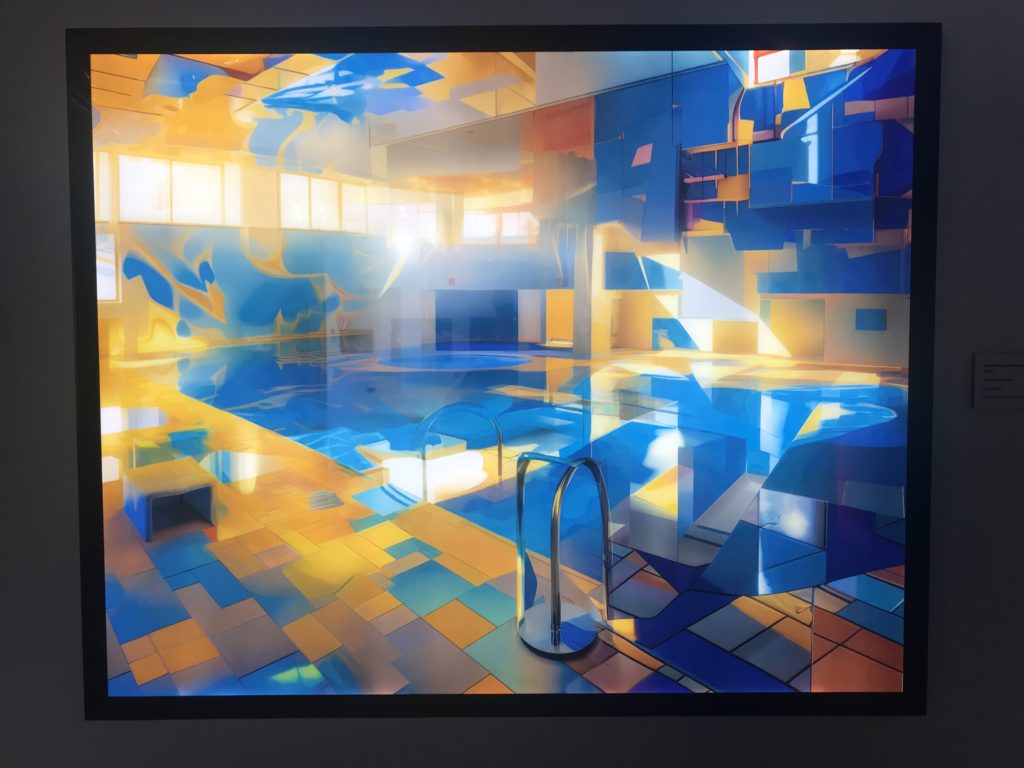David Hockney

About David Hockney

David Hockney was born in Bradford, United Kingdom on July 9th in 1937. Hockney was preoccupied with art from a young age and attended Bradford College of Art from 1953-1957. Following this, he attended the Royal College of Art London 1959-1962, where he achieved a gold medal in the graduate competition.
Hockney is an important contributor to the pop art movement of the 1960s and is considered one of the most influential British artist of the 20th century. Hockney, although a talented photographer, is most famous for his paintings, here are some examples:


He has won many impressive awards such as the Independent Publisher Book Award for Fine Art and the Shakespeare Prize.
His work has sold for millions at auction, for example, his 1972 piece Pool with Two Figures sold at auction for over £70 million in 2018.

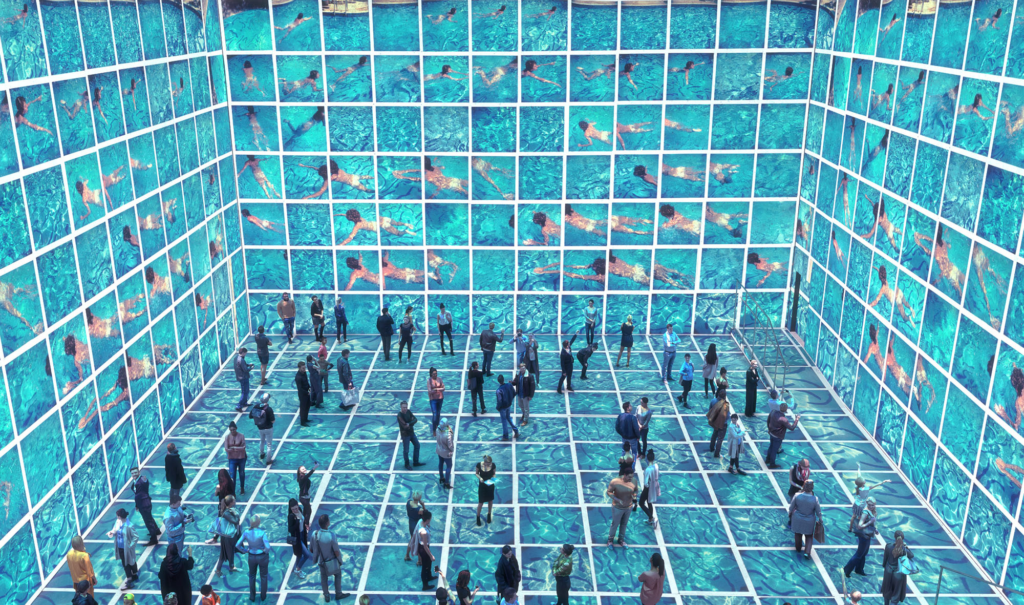
This is an upcoming David Hockney exhibit at the Lightroom in Kings Cross from the 22nd of Feb to the 4th of June. There will be an incredible sound system and it allows the audience to experience the world through Hockney’s eyes.
Analysis

This is a collage of digital photographs by David Hockney of Pearl Blossom Highway in 1986. The mise en scene presents a road with several road signs, rubbish on the floor and surrounded by a barren desert, the sky is a serene blue. This image has been created by hundreds of separate images that have been collaged together. The image seems very saturated and warm. There are some wide images and some close up, but all are in focus. The shutter speed is very fast due to the crisp images. It does follow the rule of thirds however, there are many leading lines that lead us to the end of the road, as shown.

David Hockney states: “The mind is the limit. As long as the mind can envision the fact that you can do something, you can do it, as long as you really believe 100 percent.”
Opinions
Personally, I really like Hockney’s photography, it is so interesting and creative. I especially like all the vibrant colour he uses. I would love to recreate some of these images possibly in town. I think it would look great around the aqua splash and cinema with the water slides.


It also could look good in liberation square.




